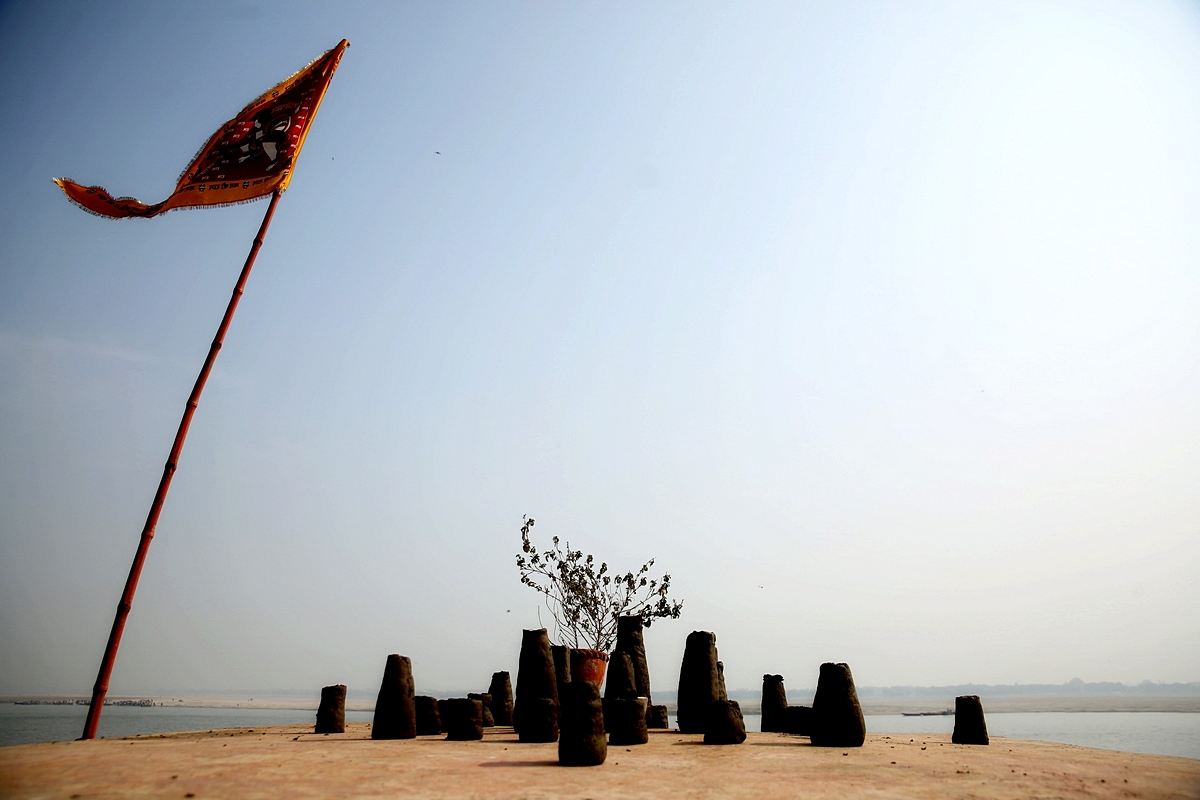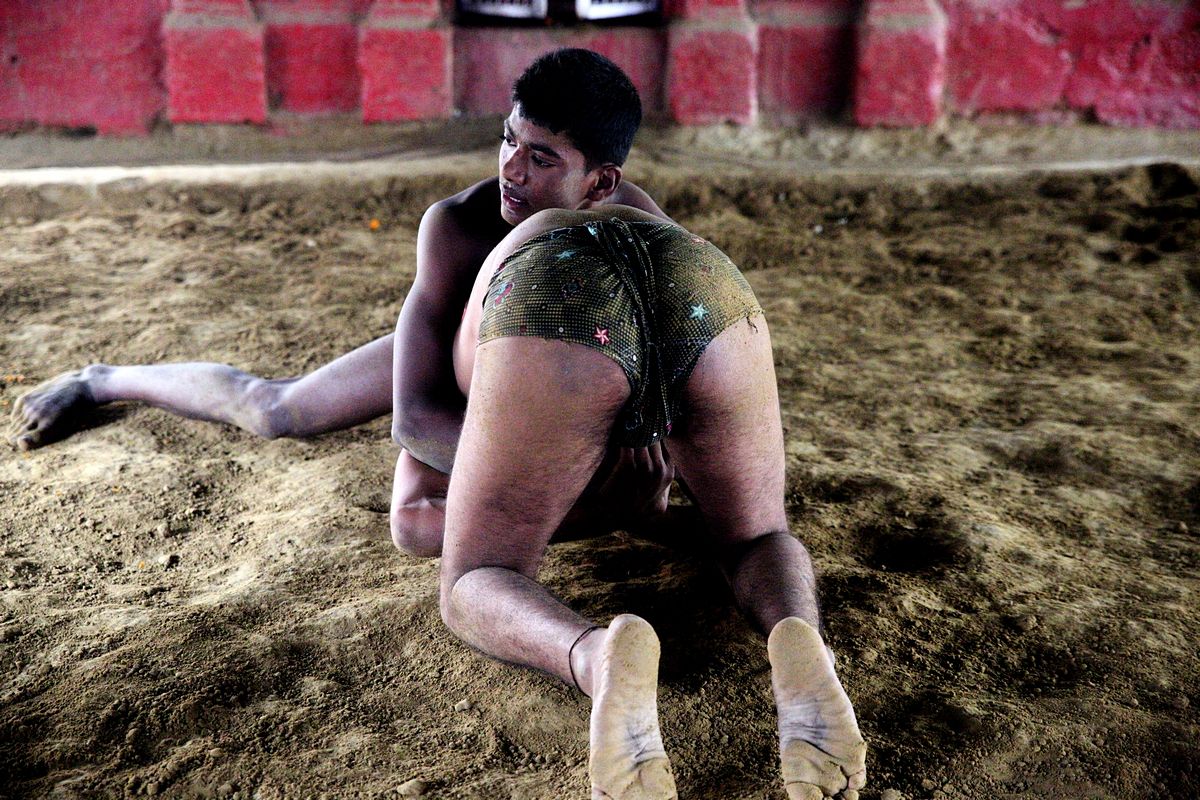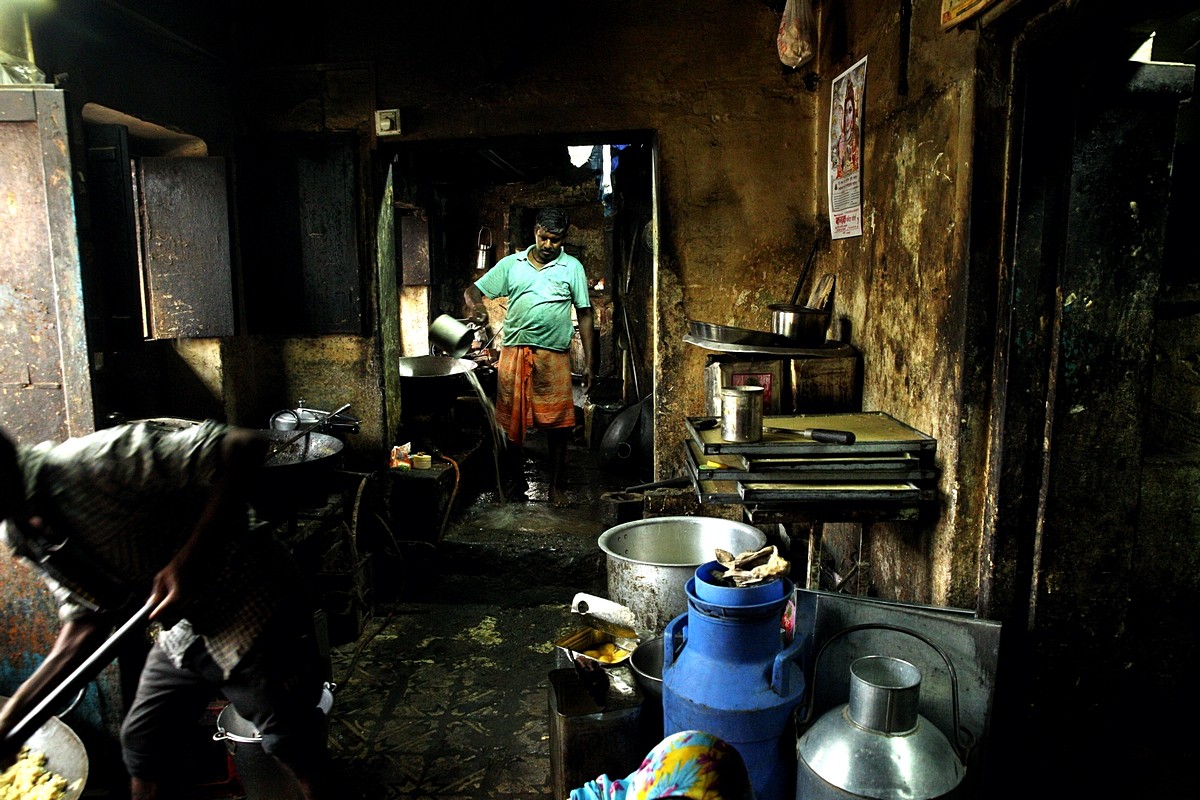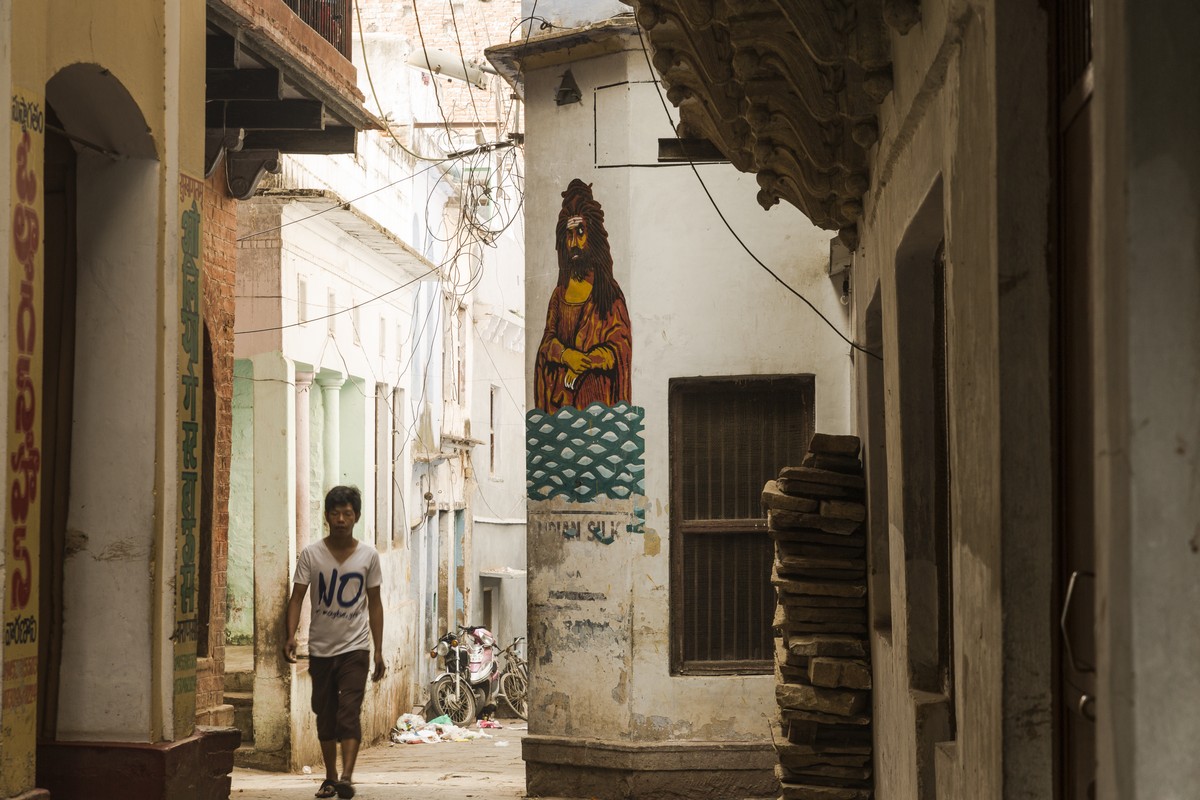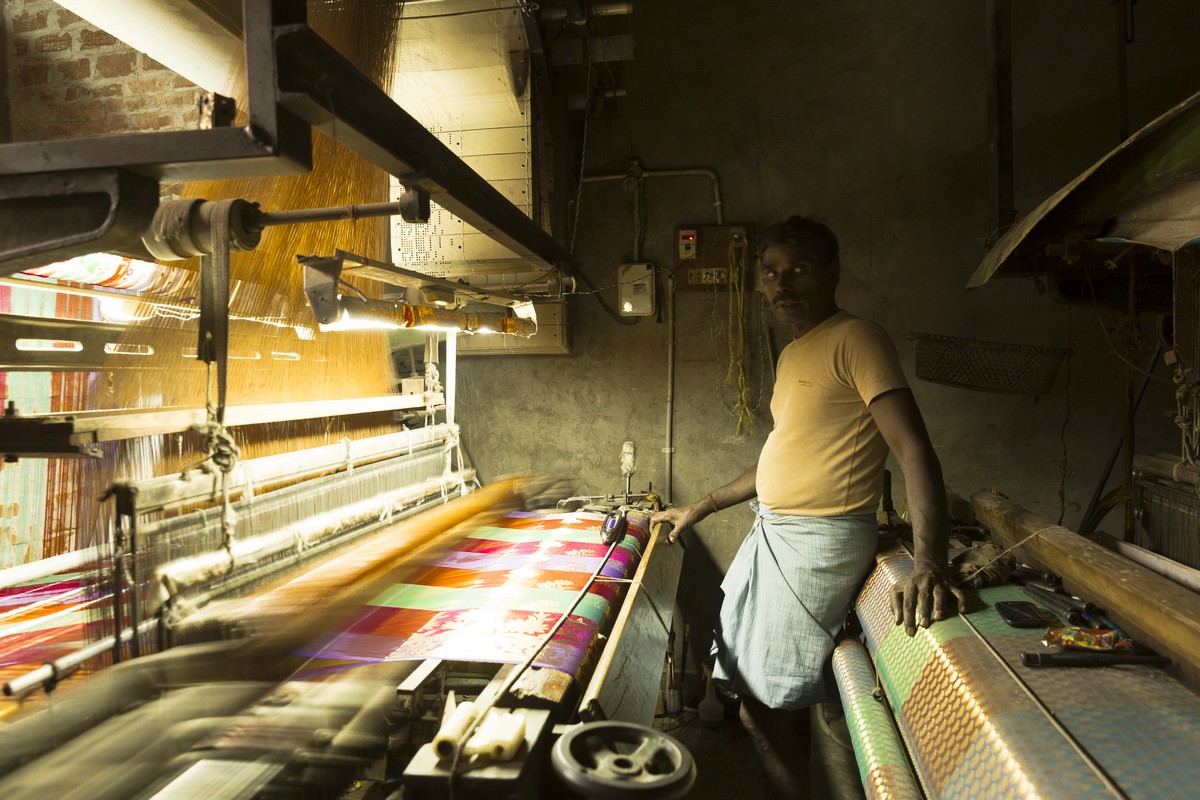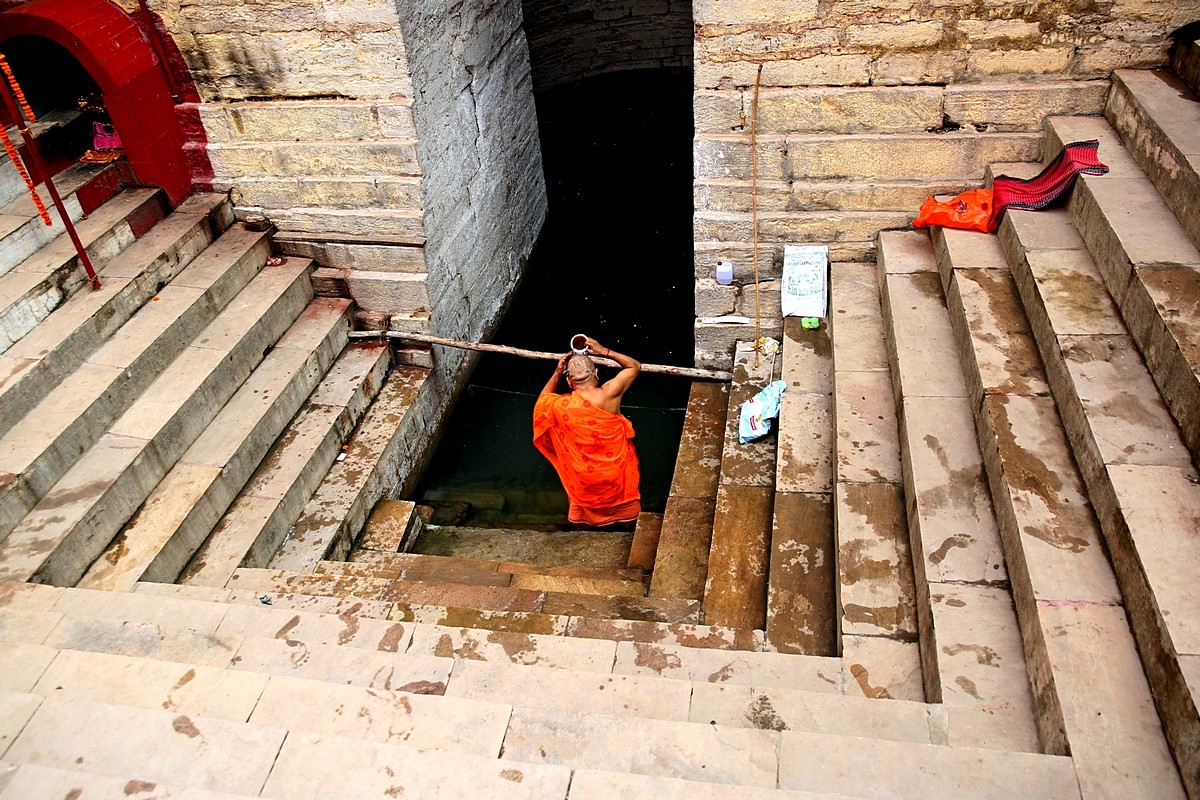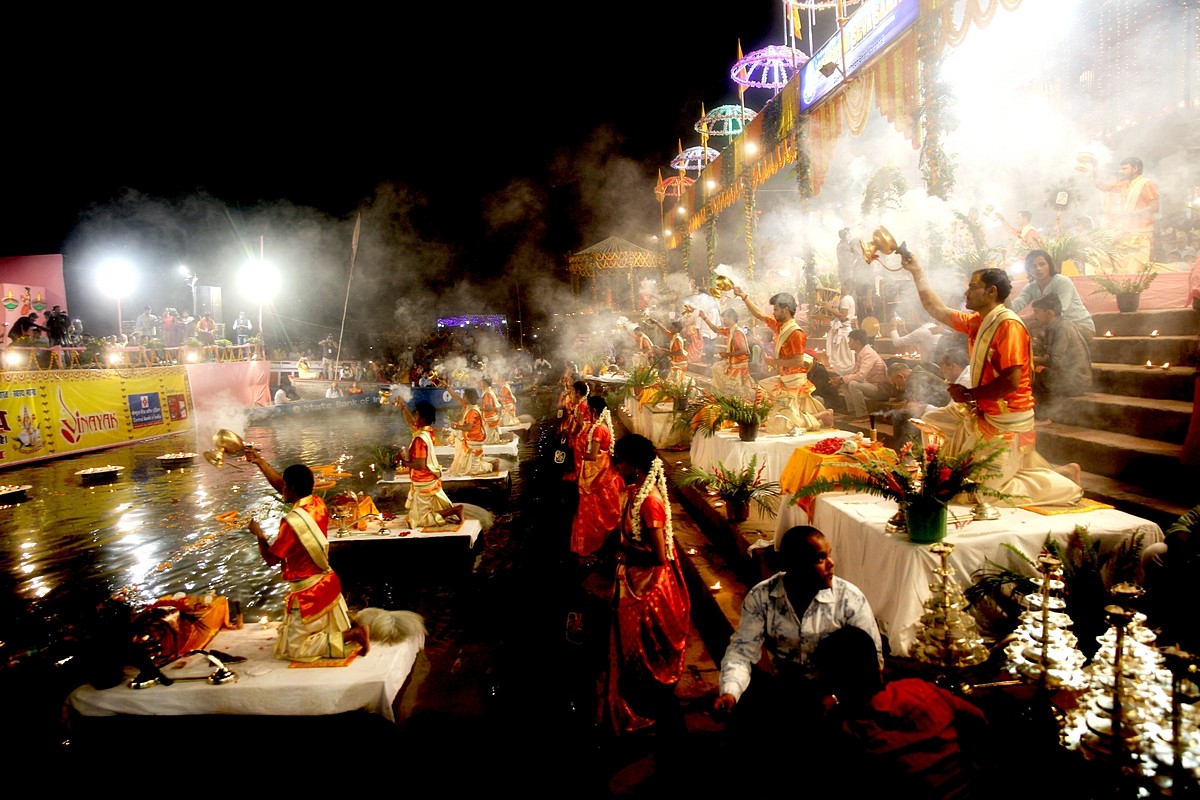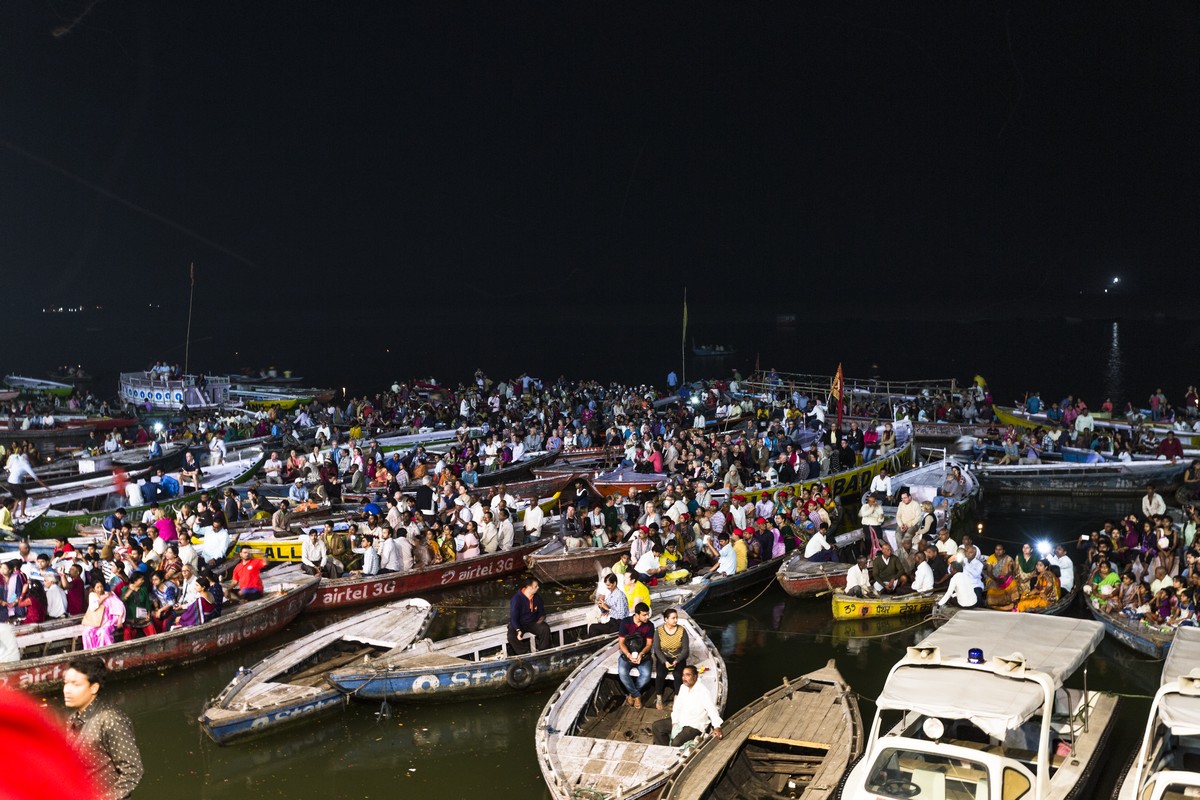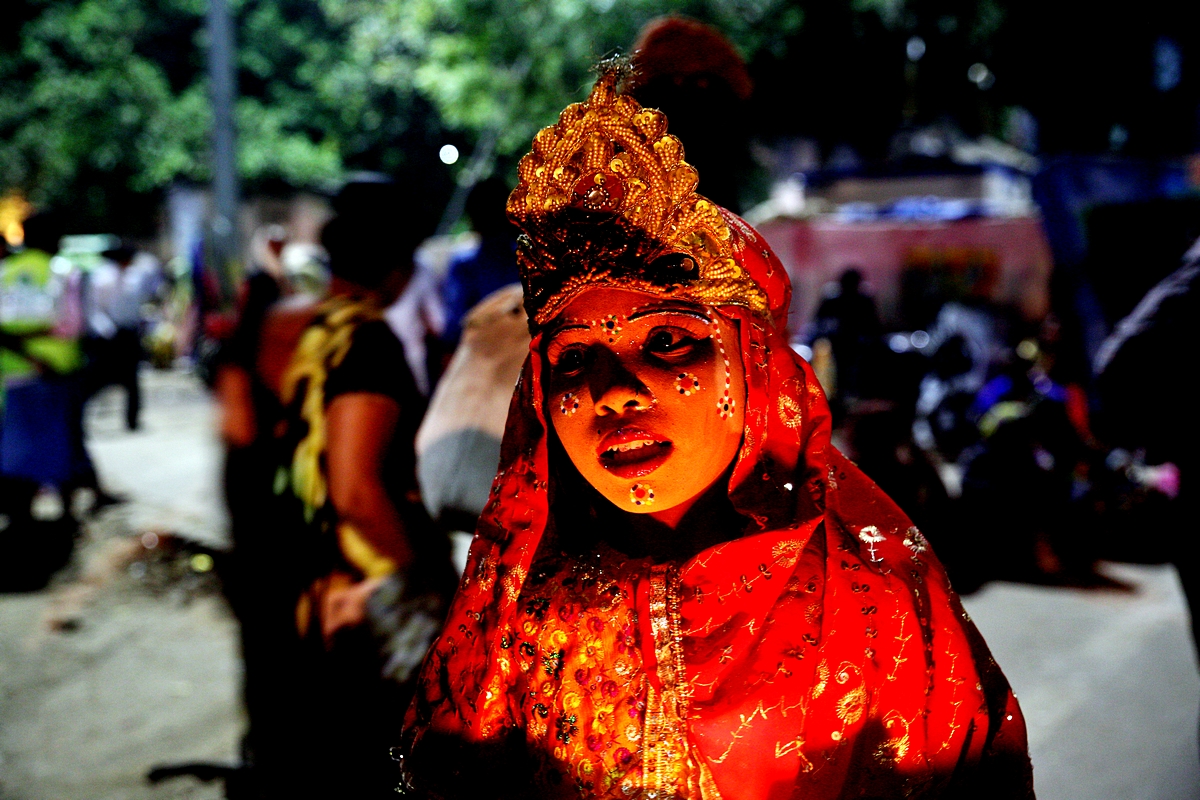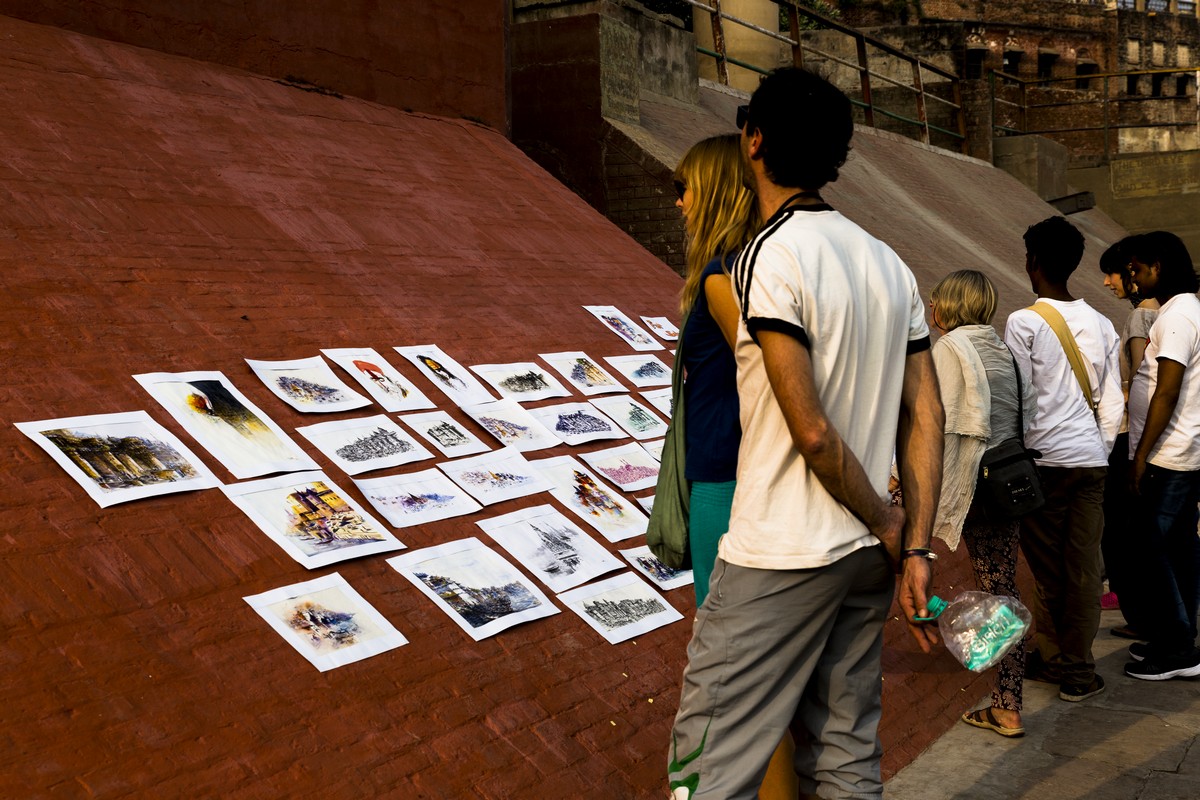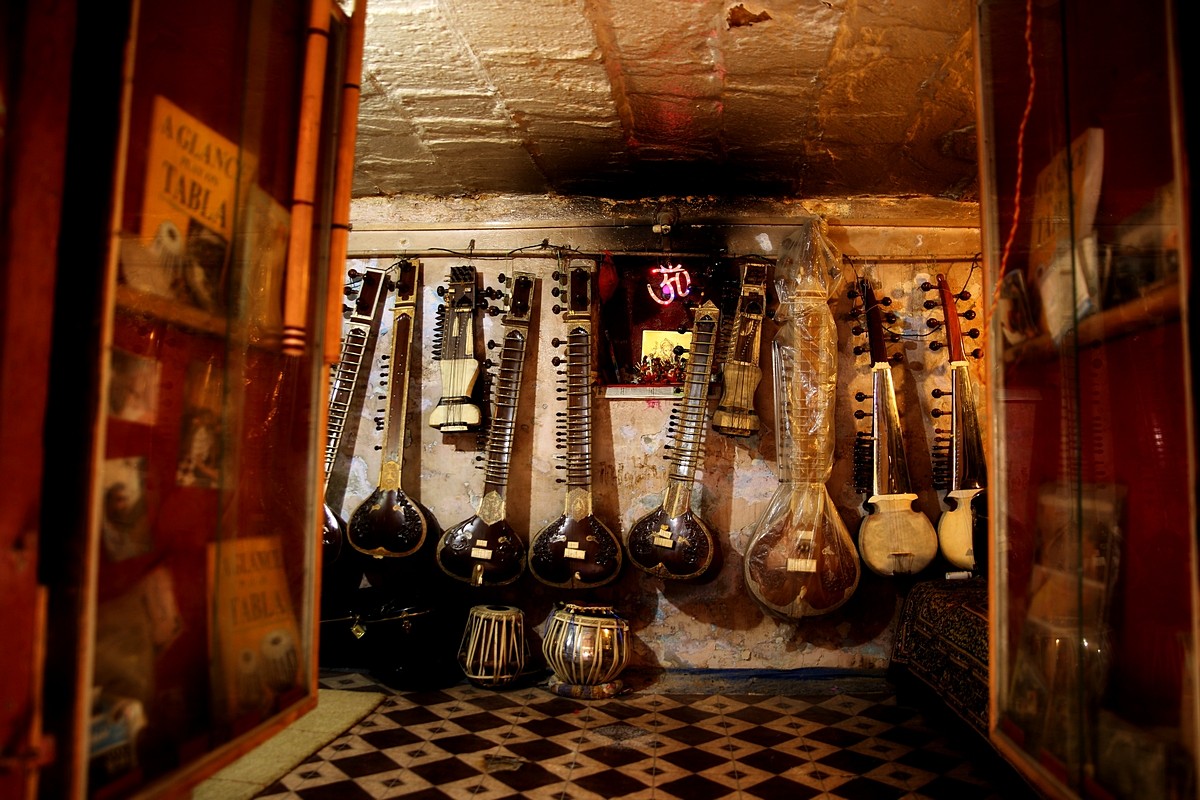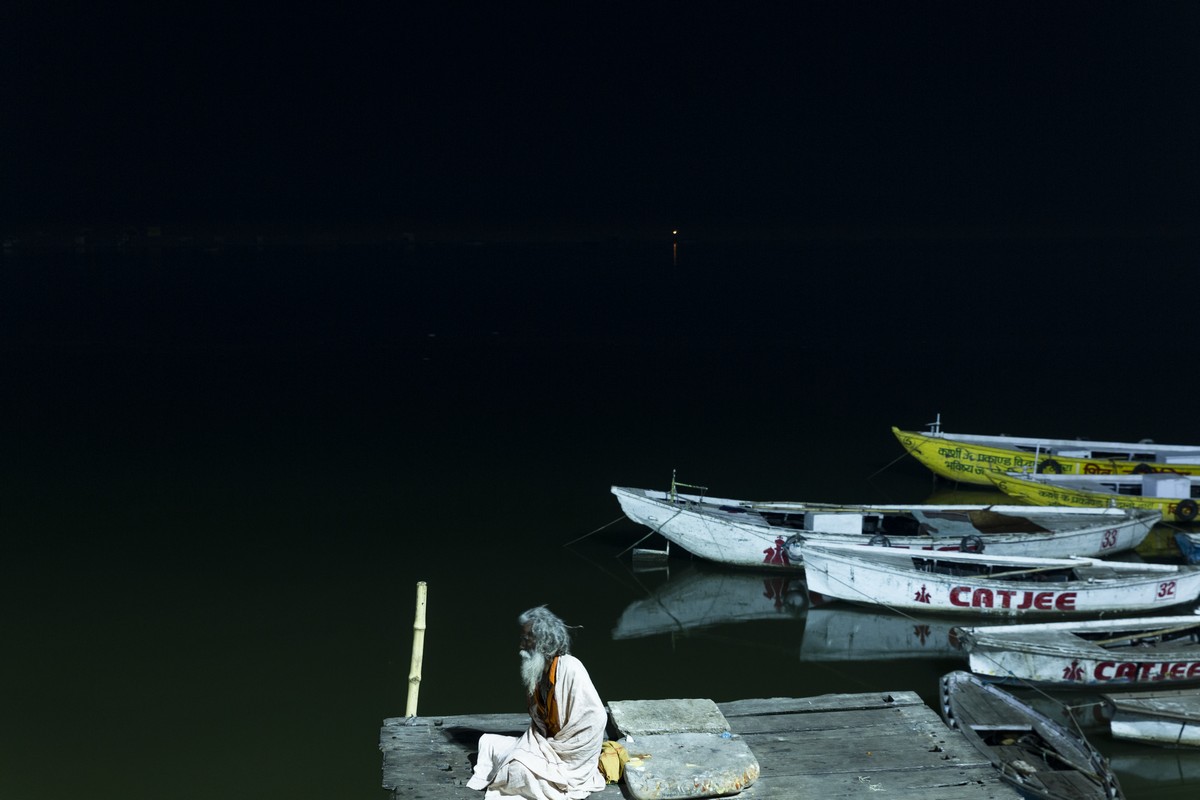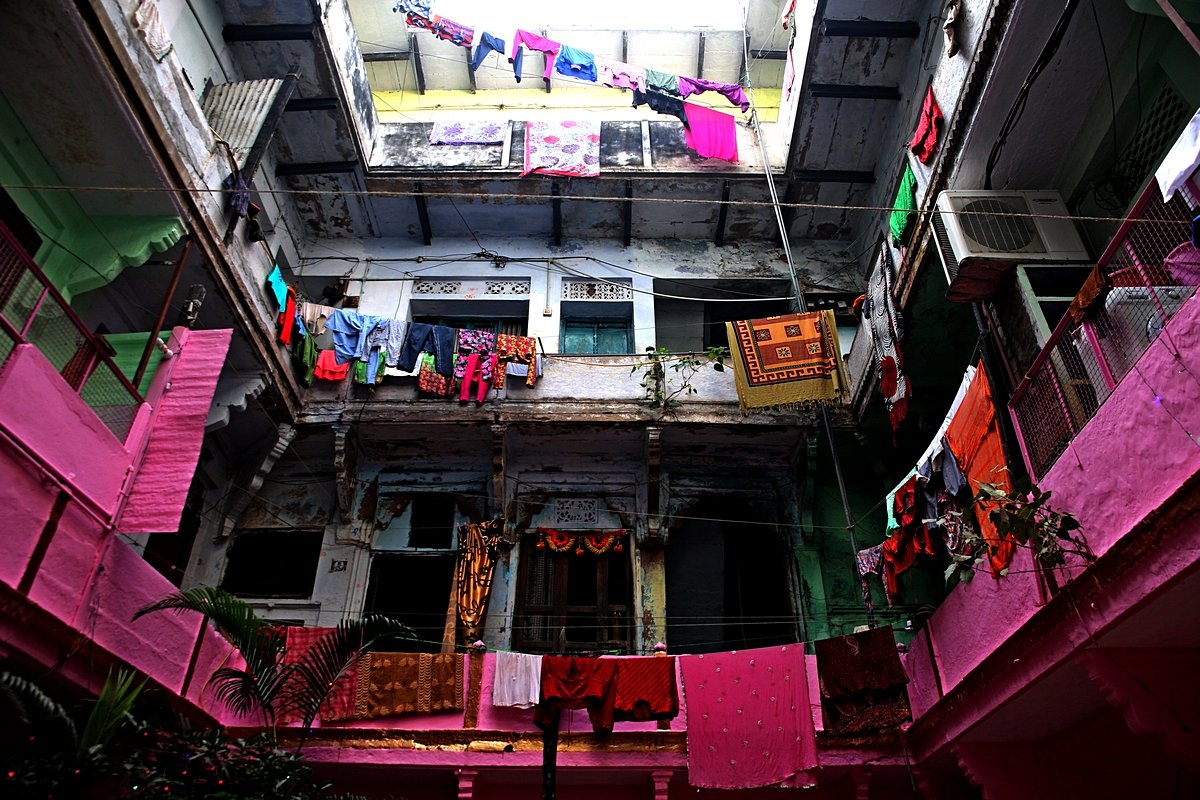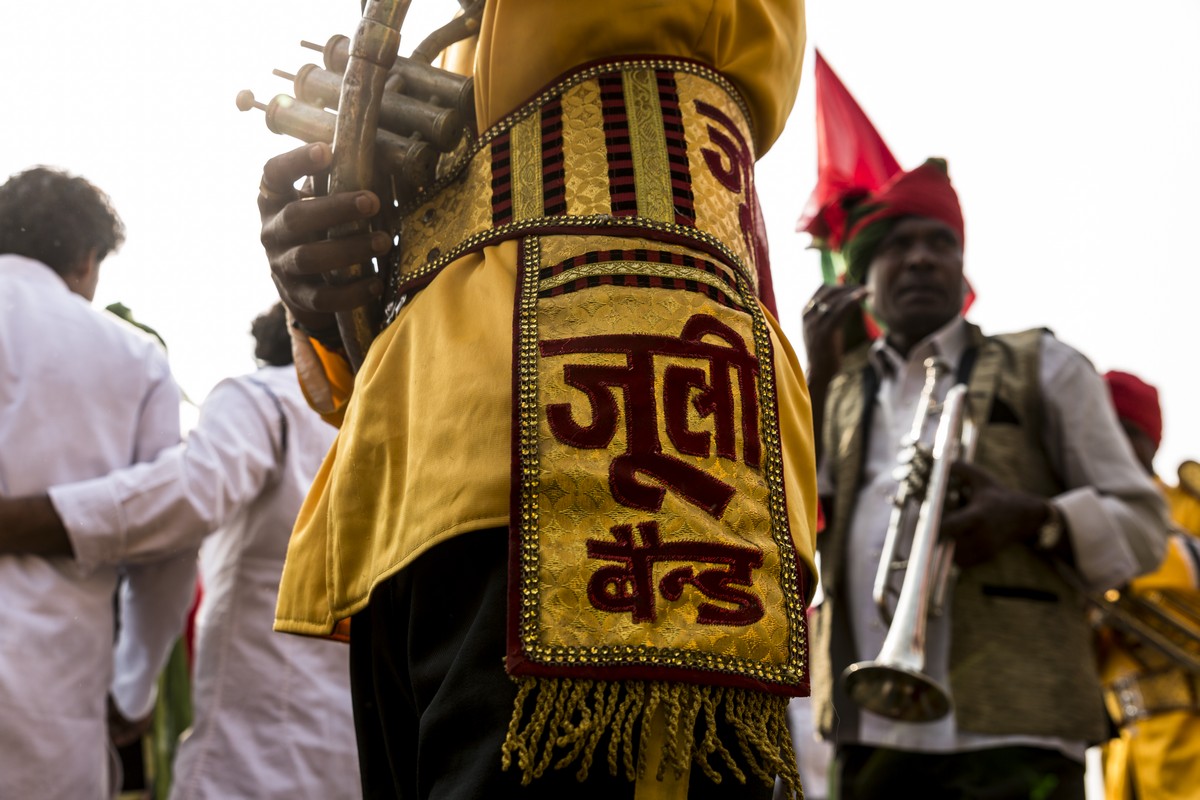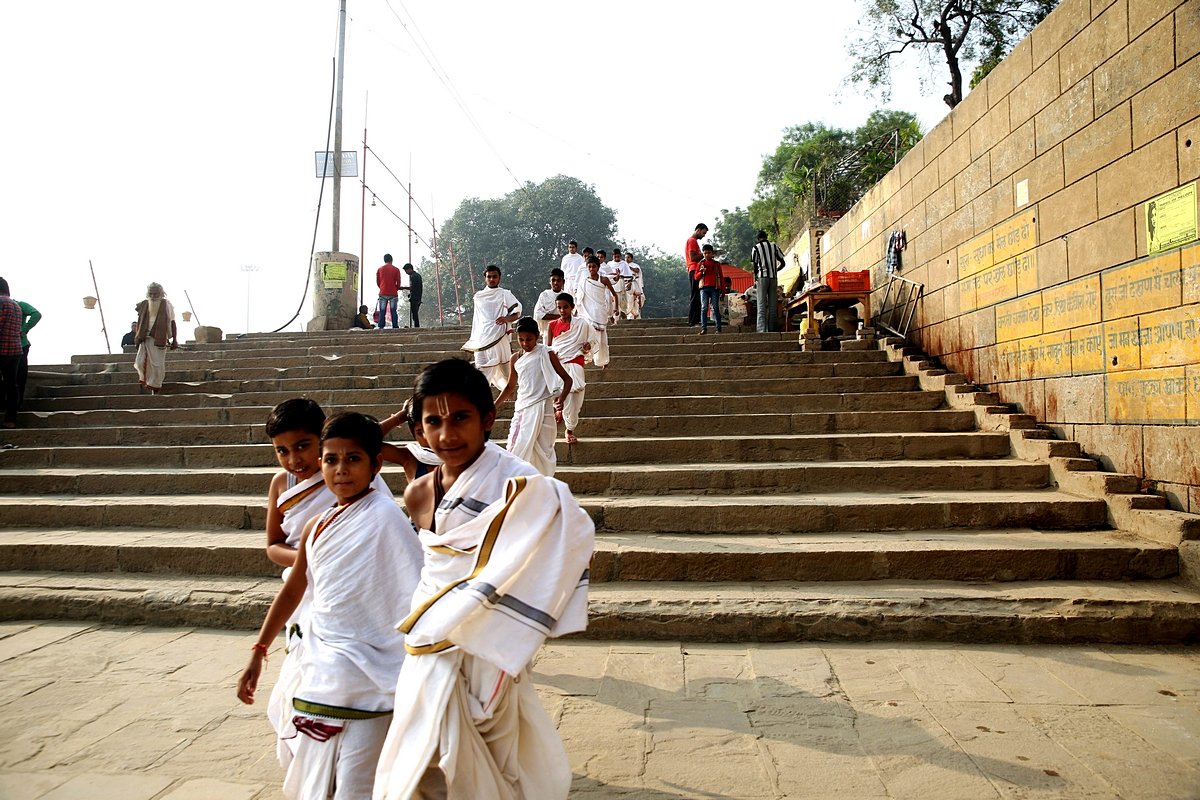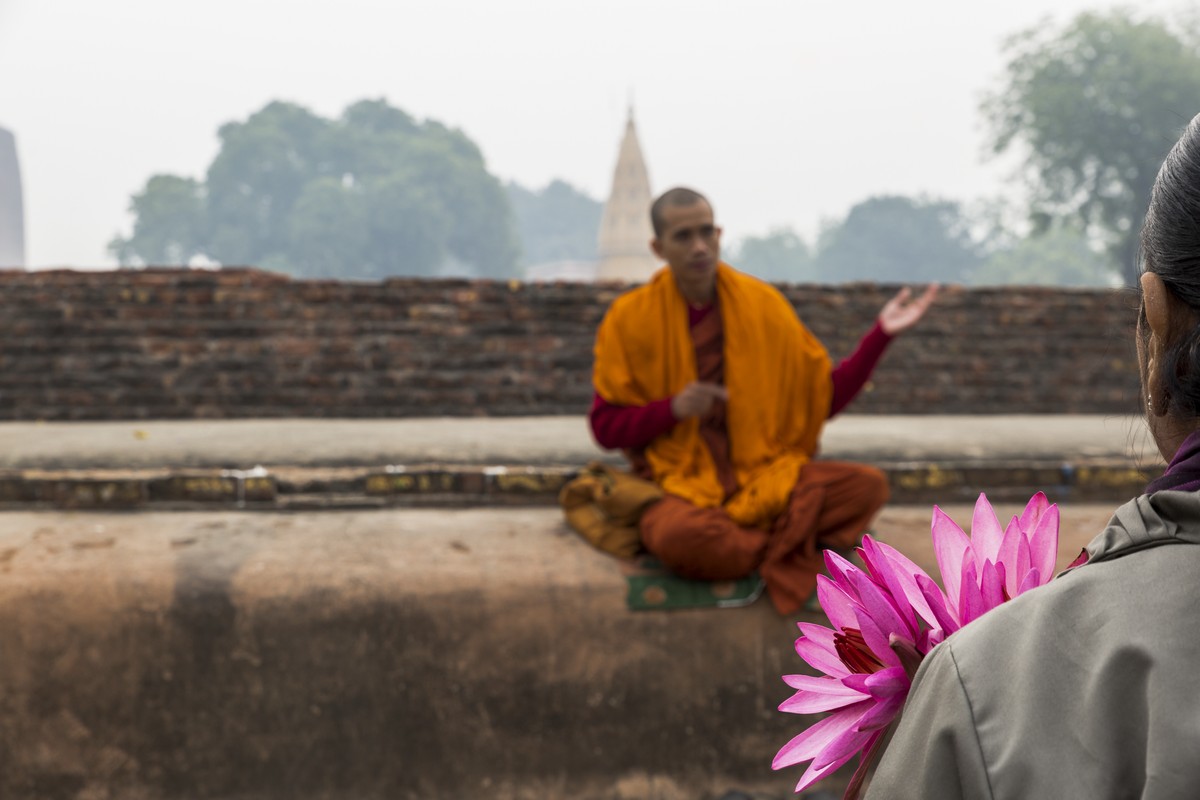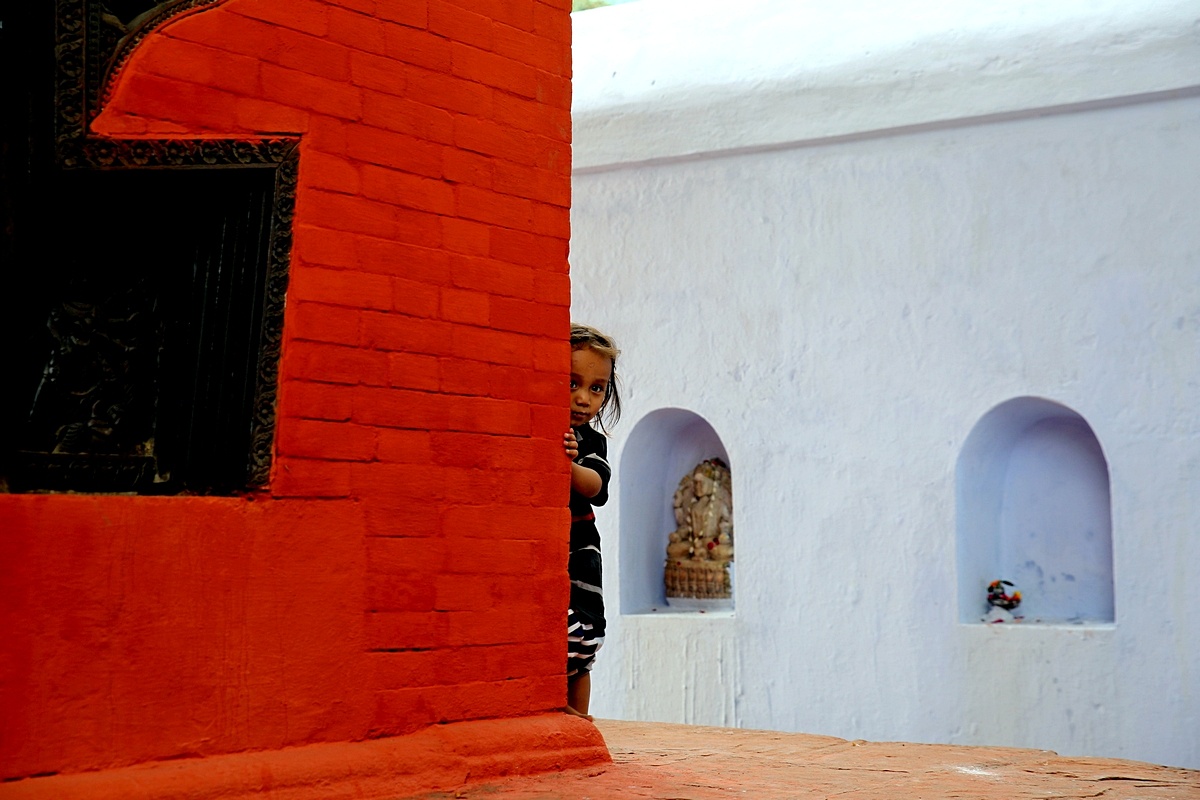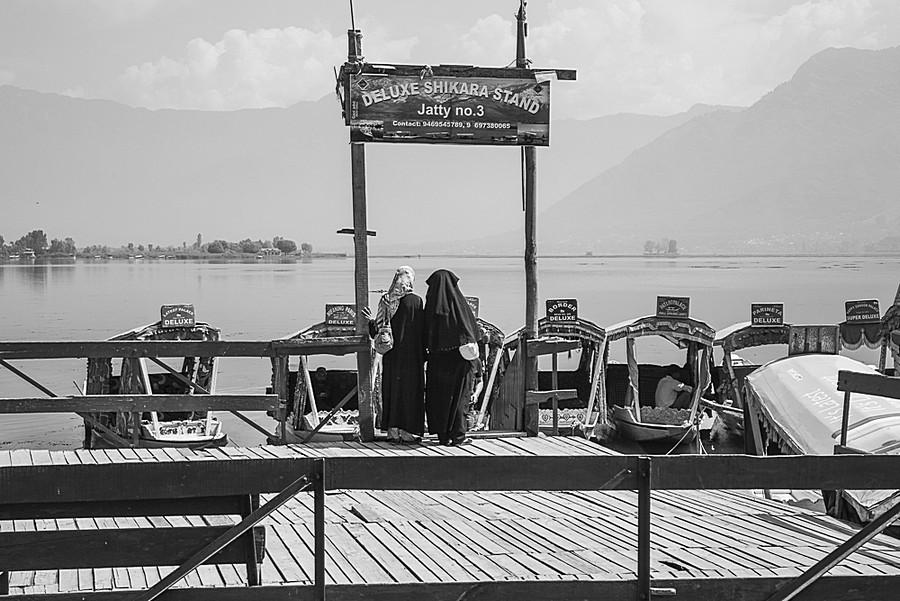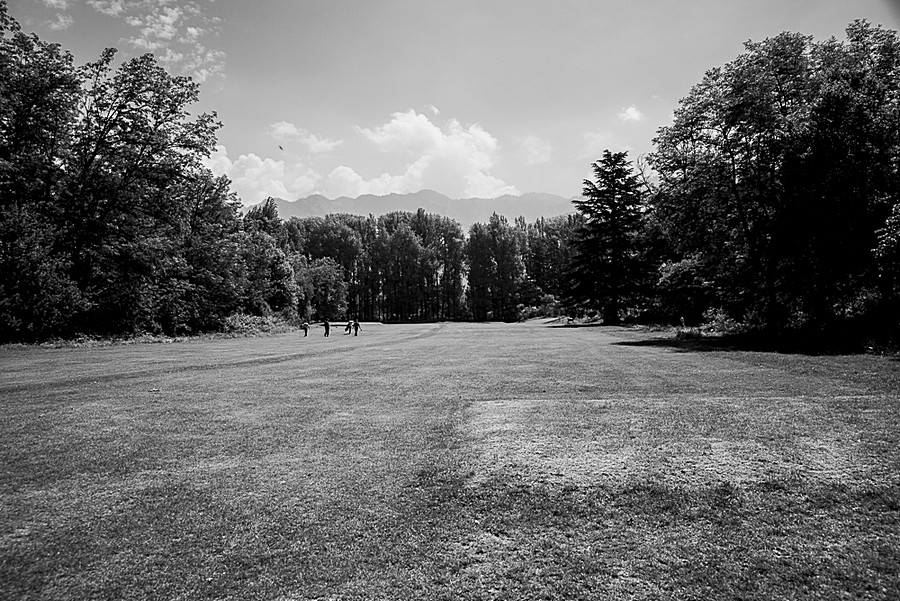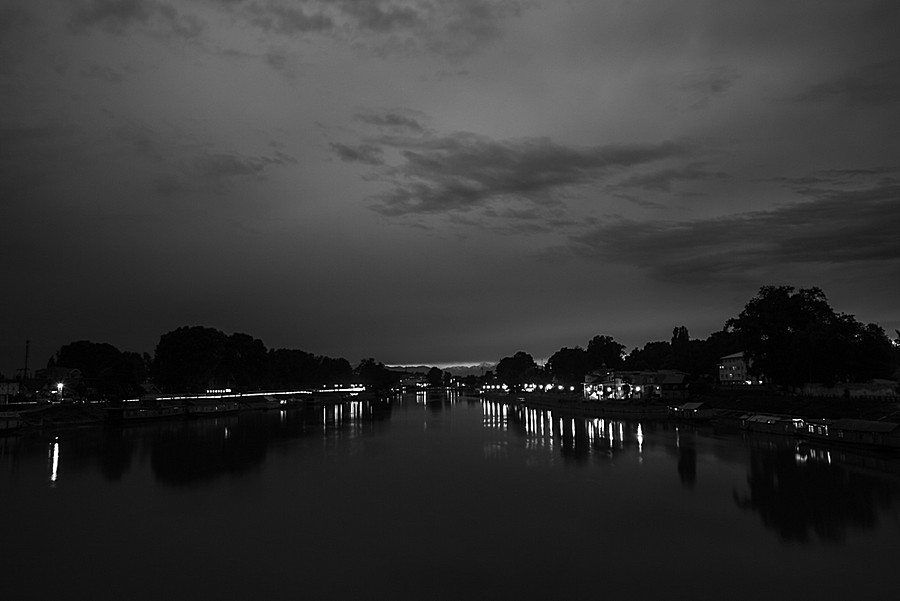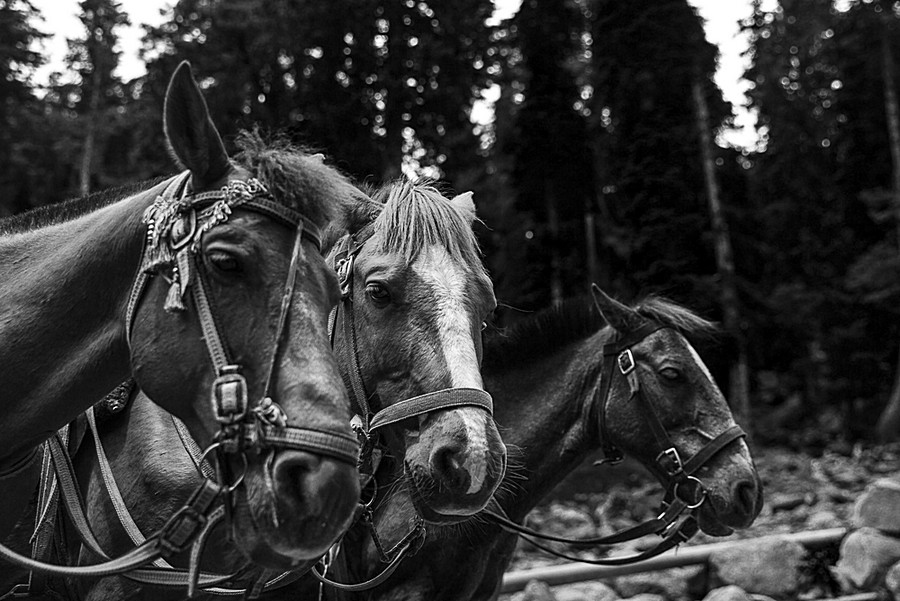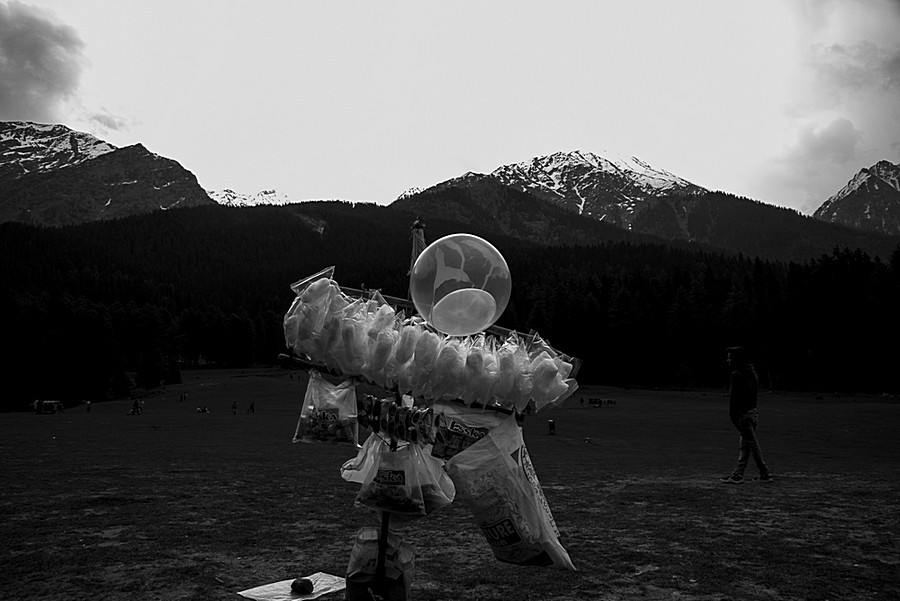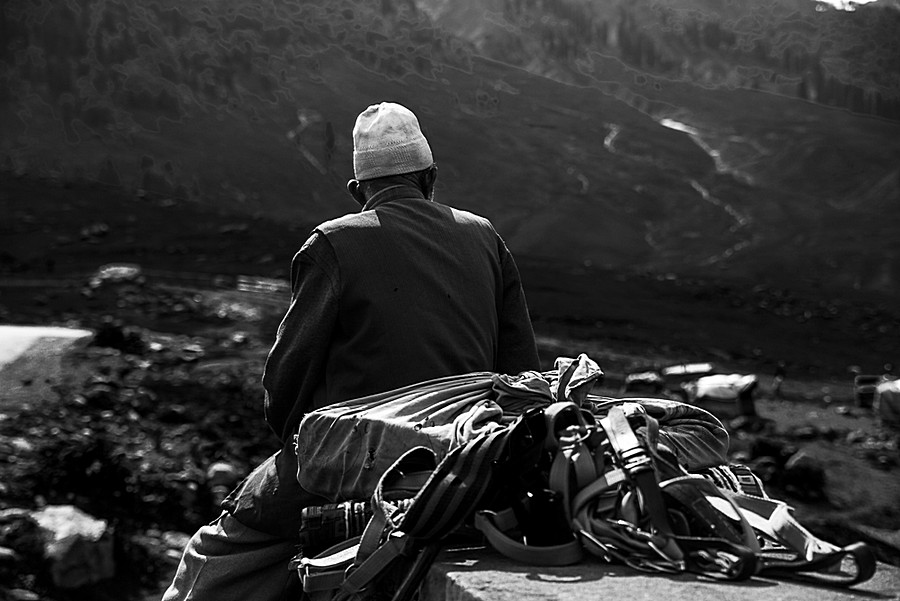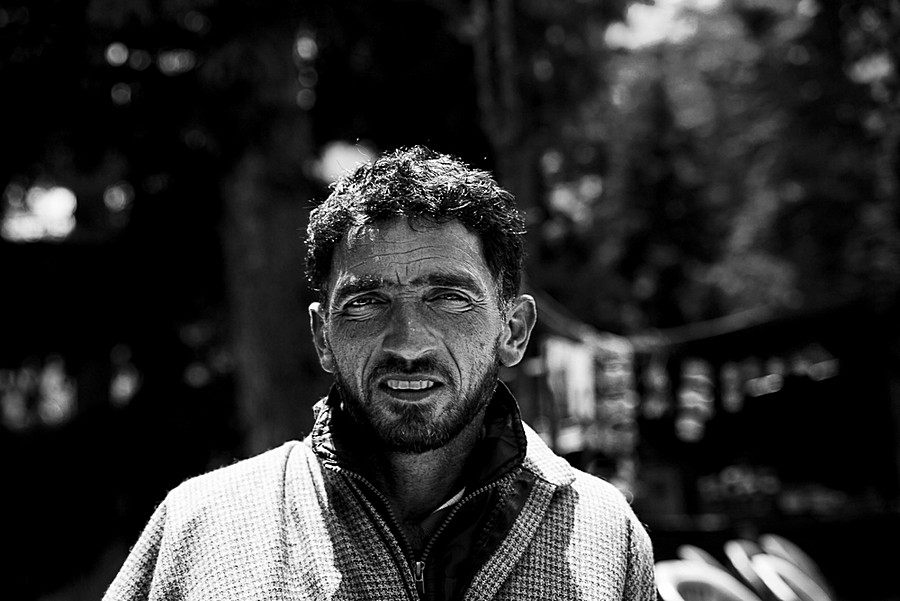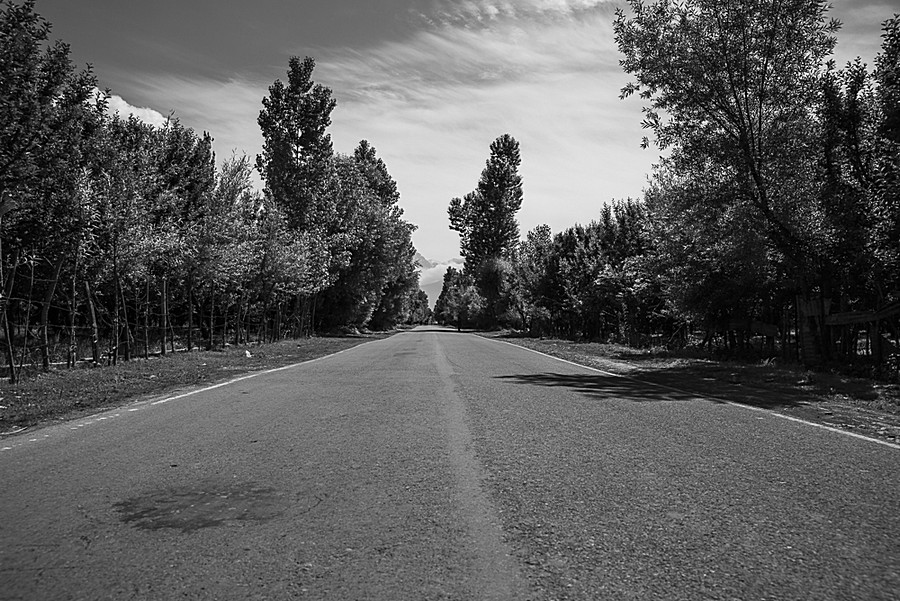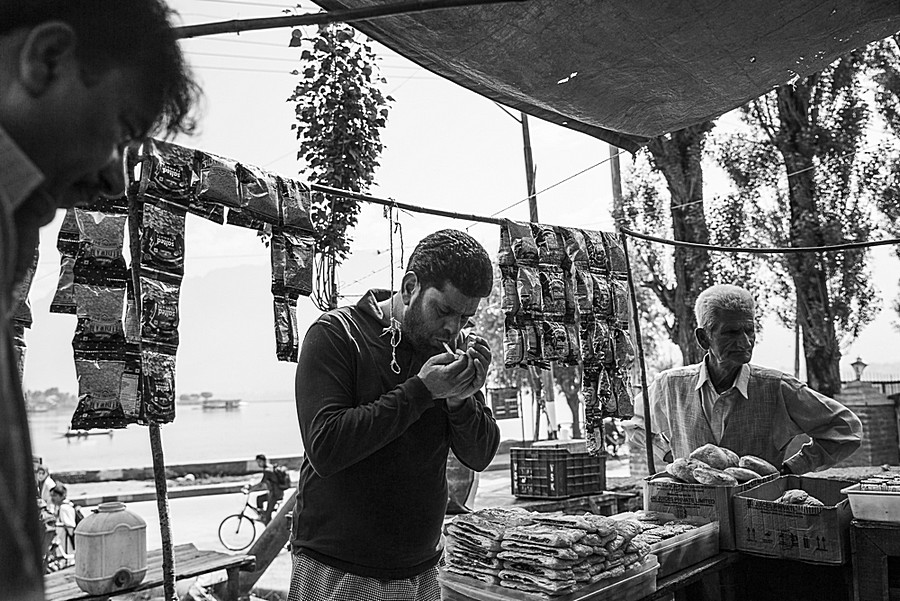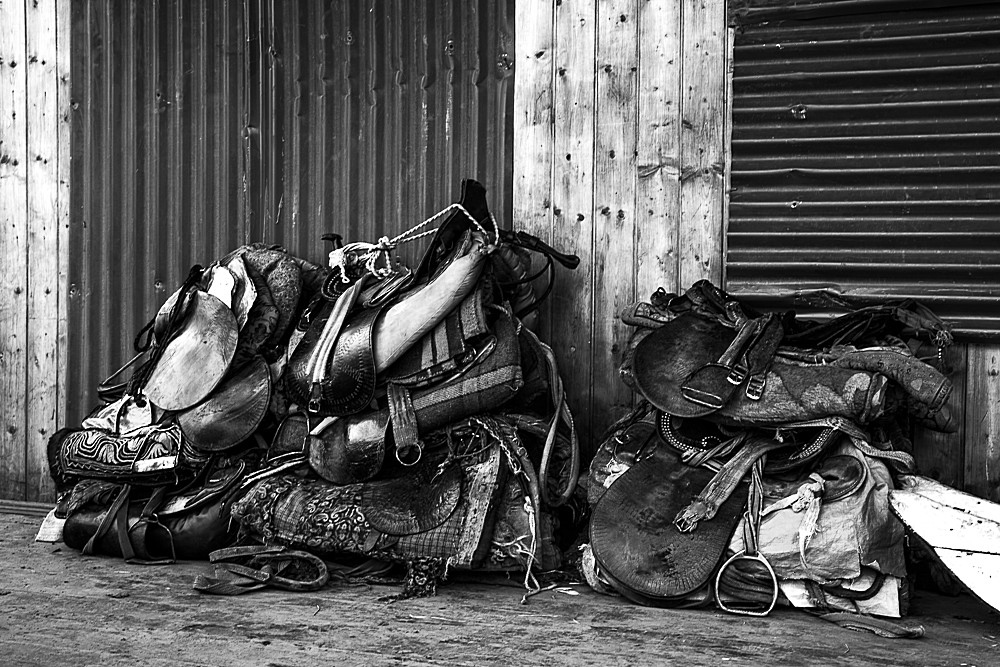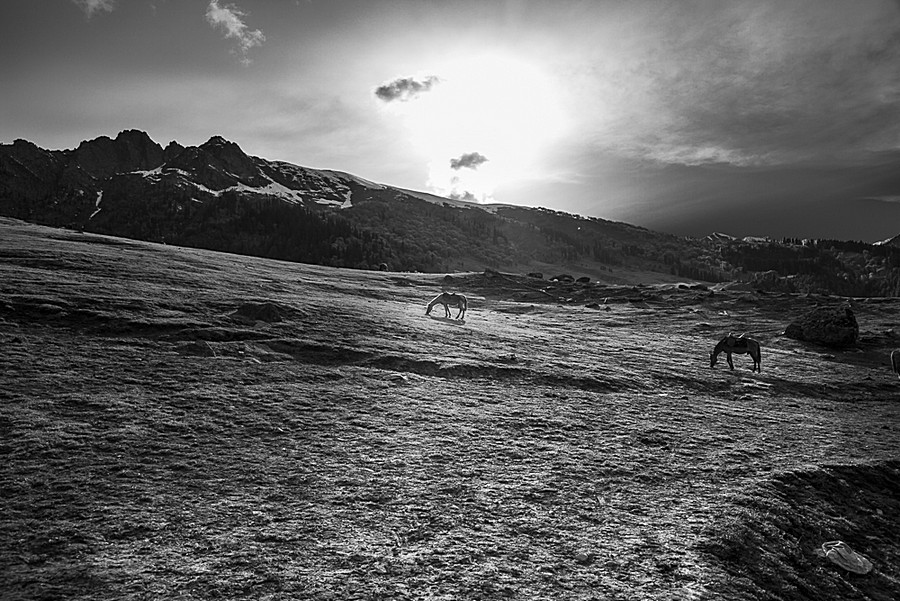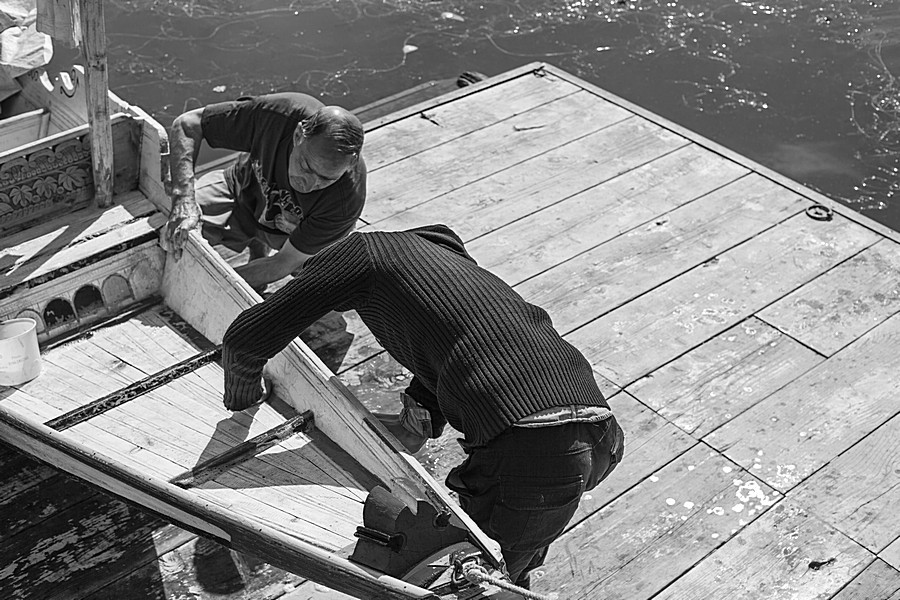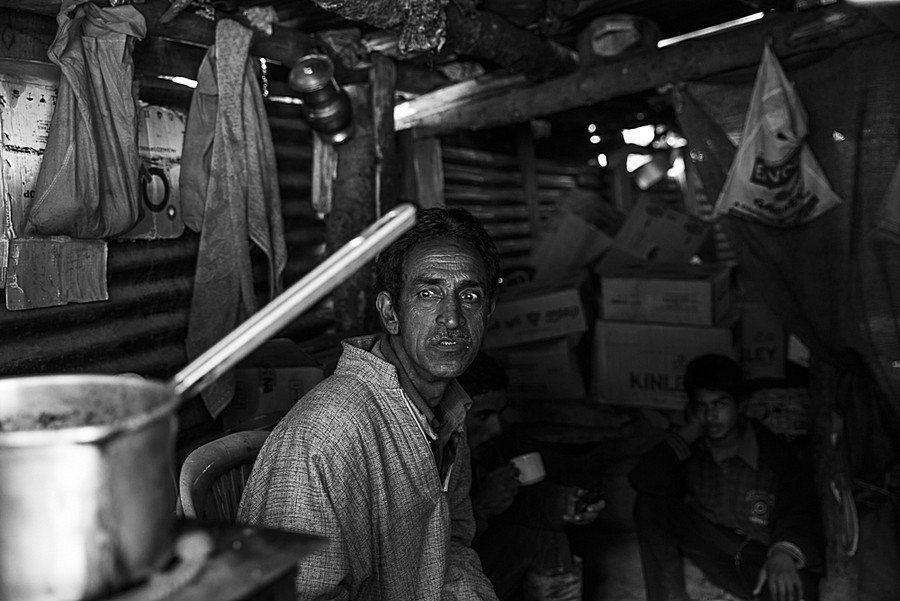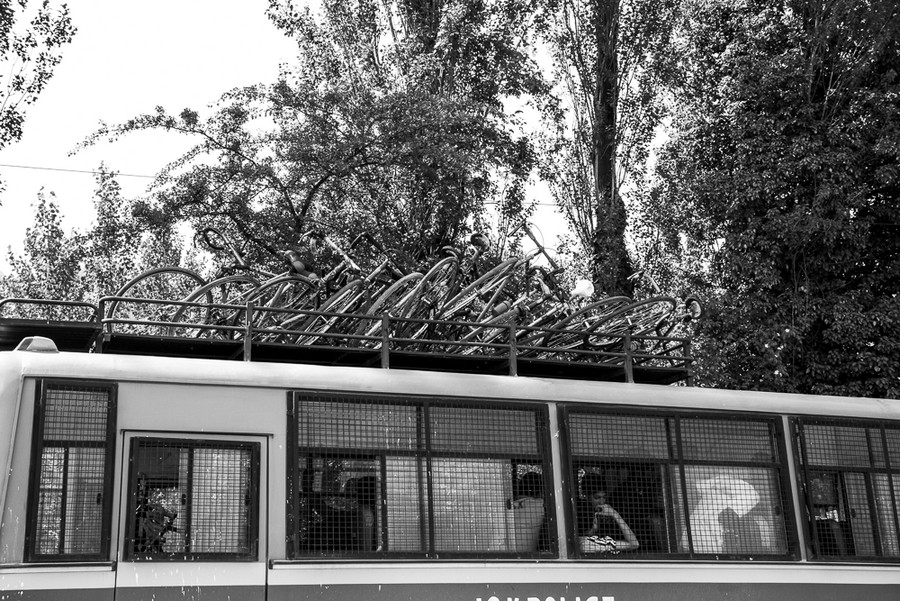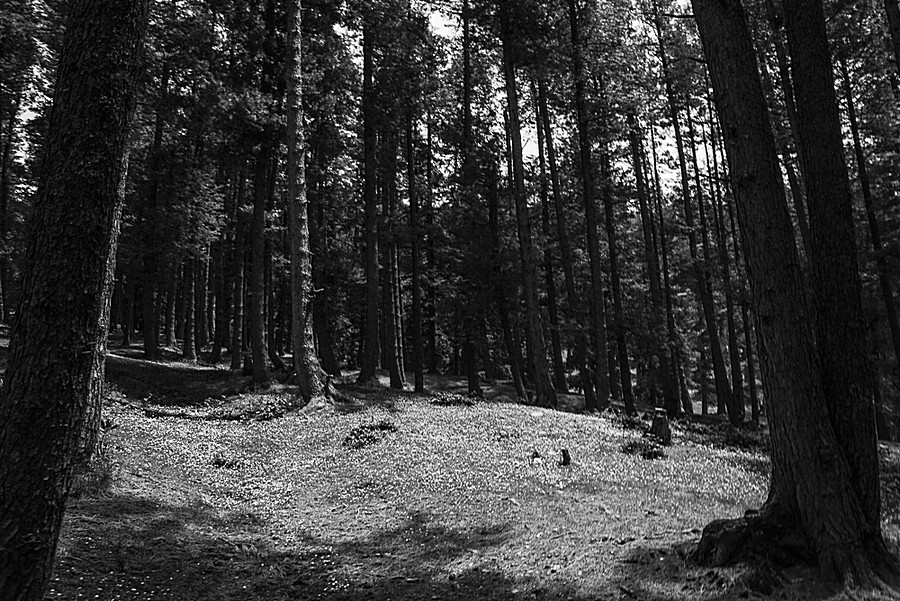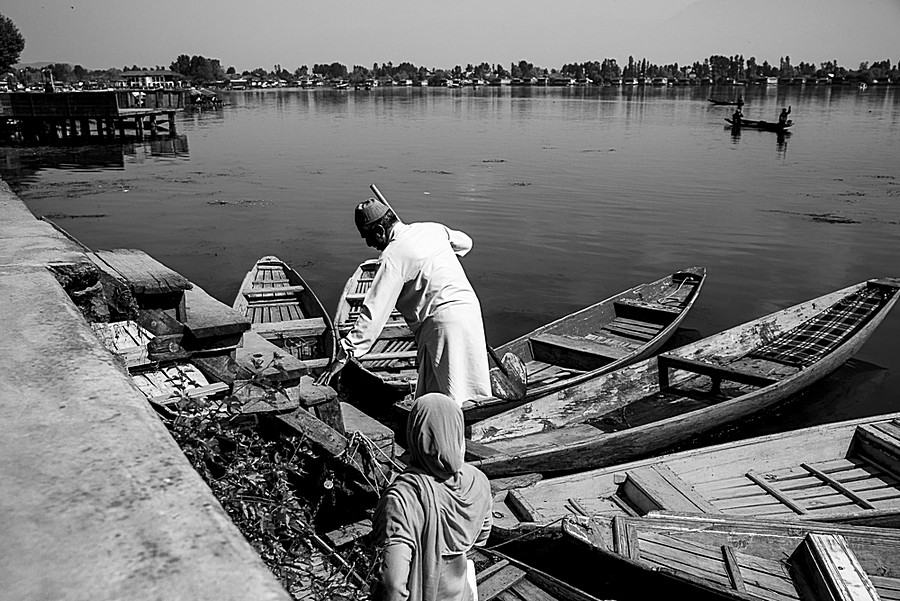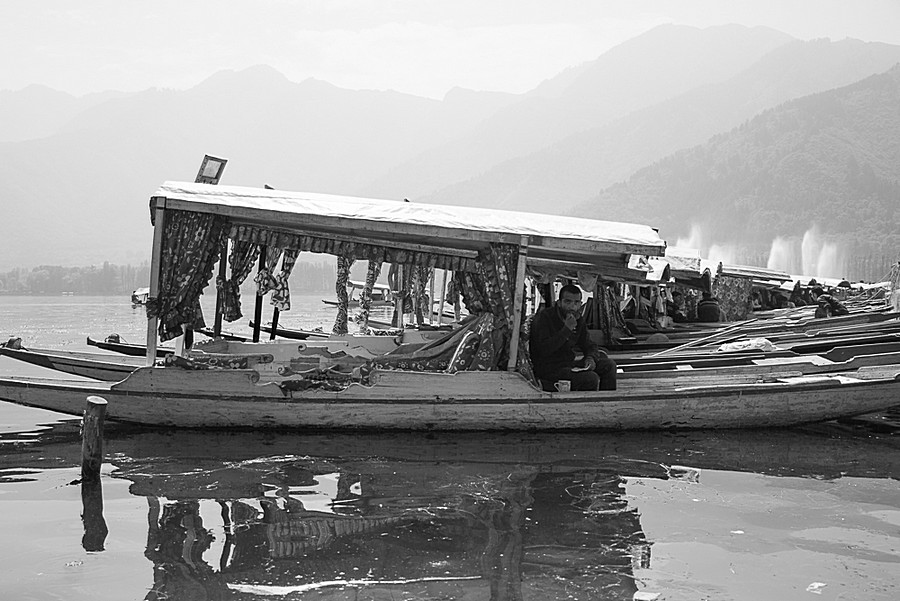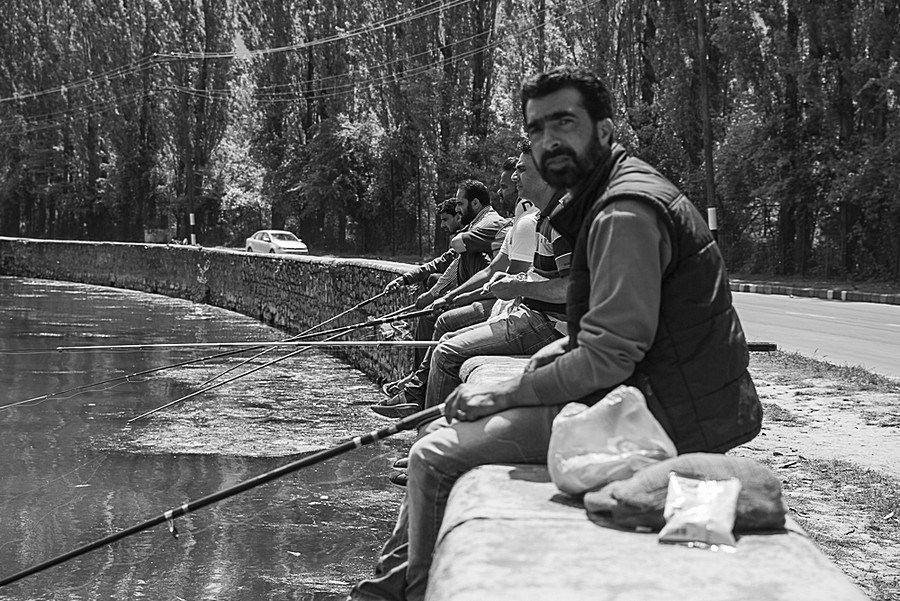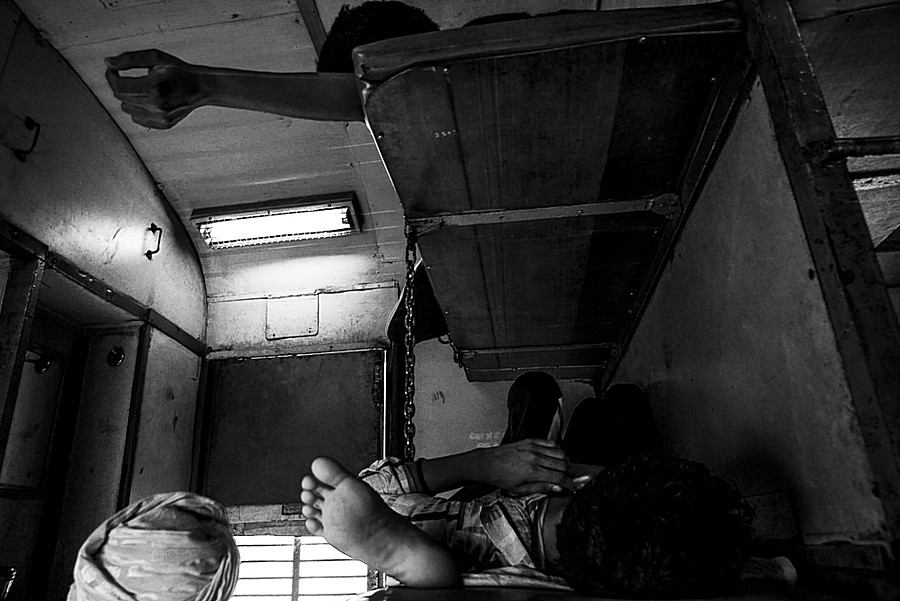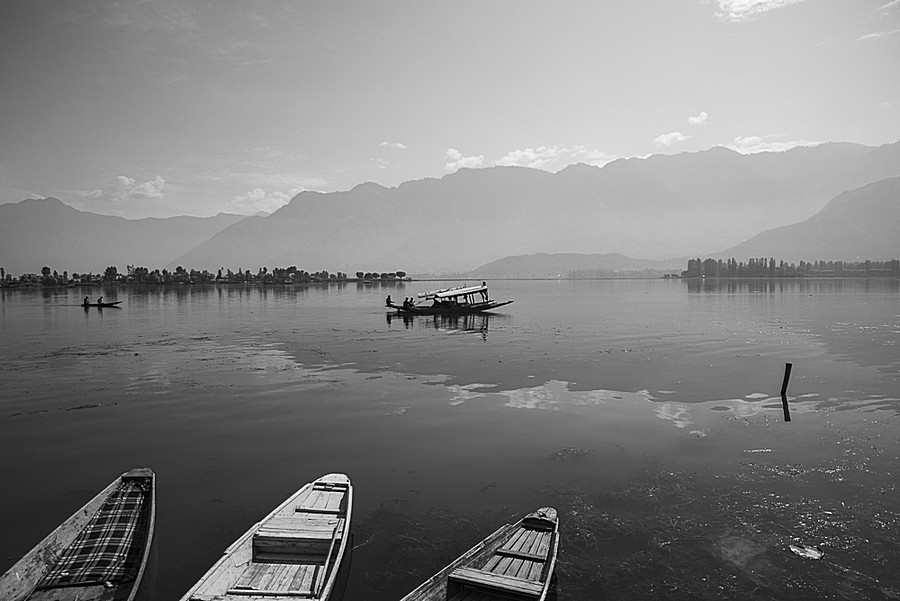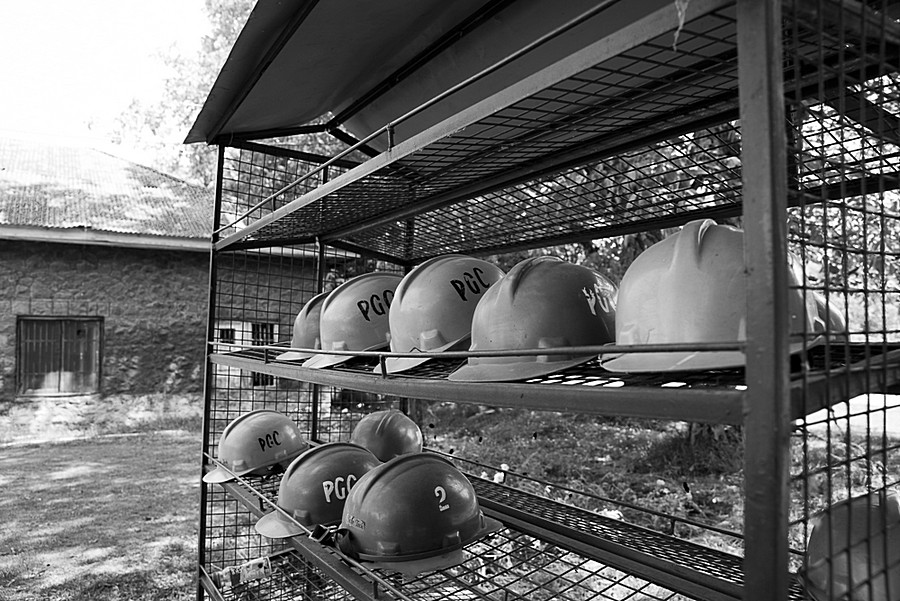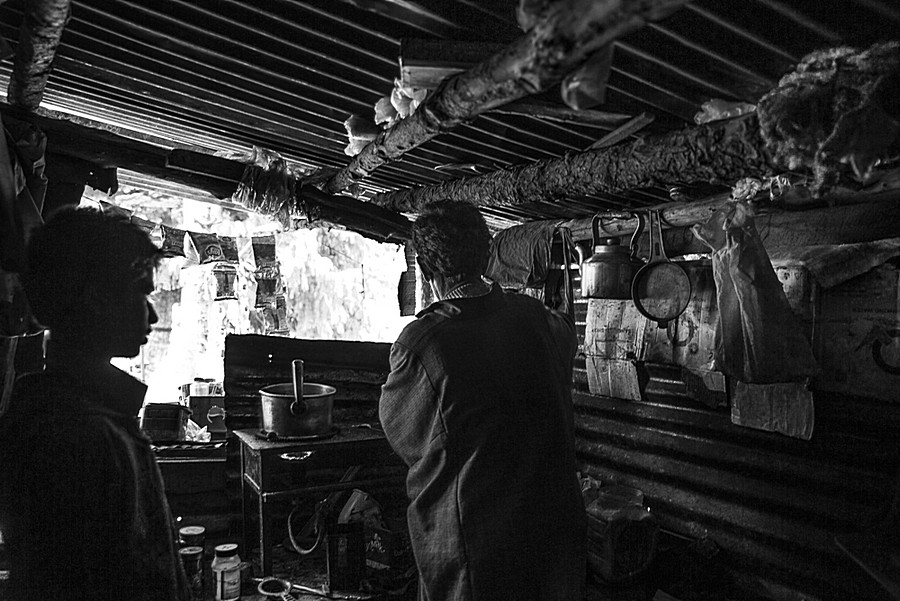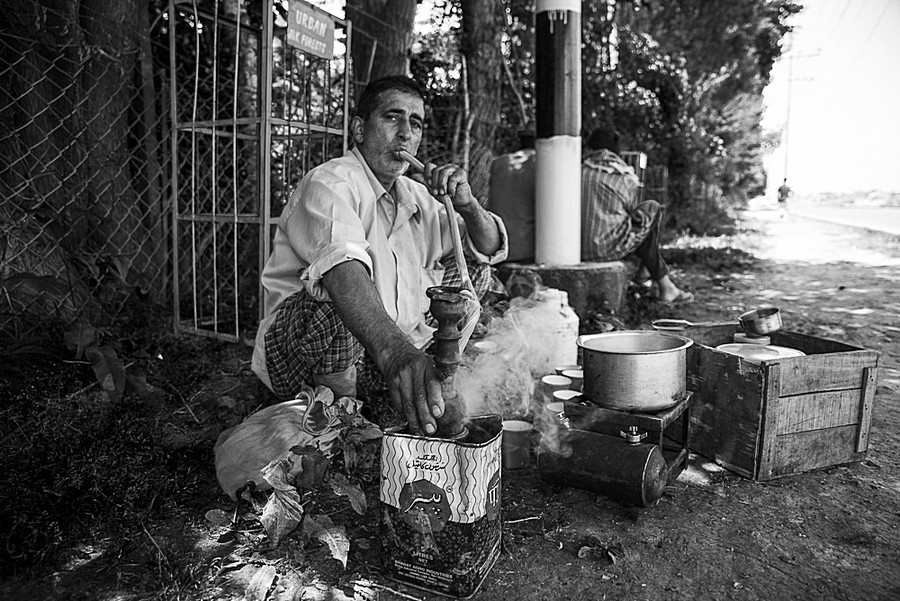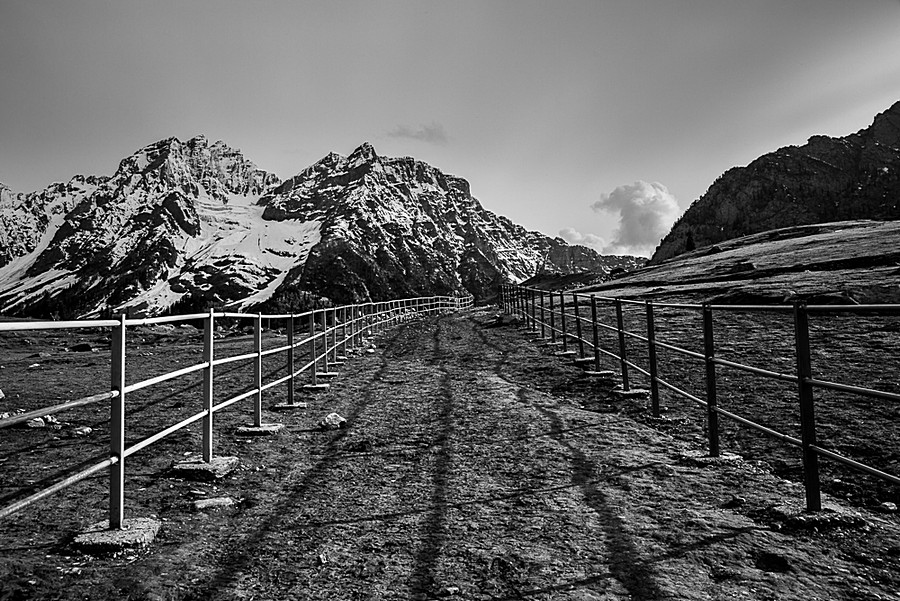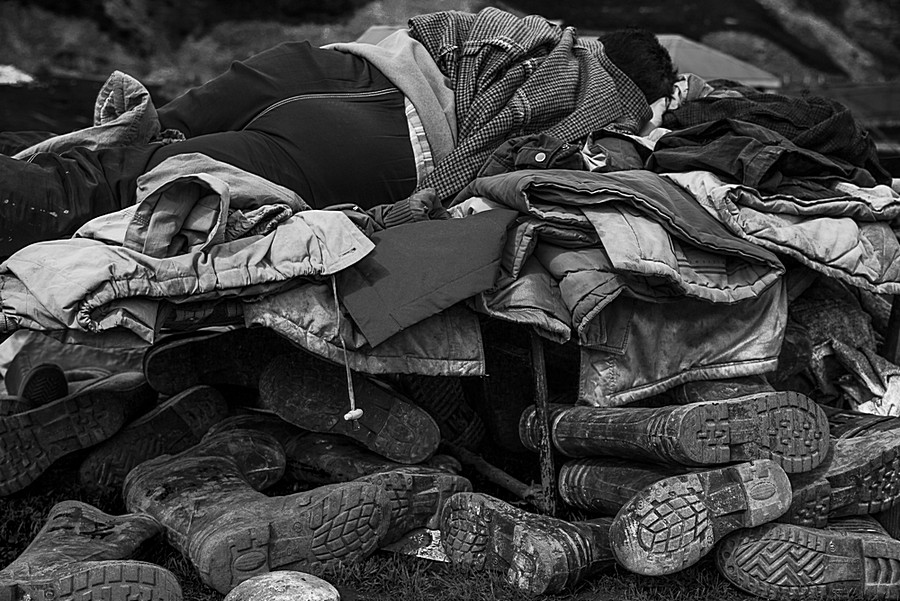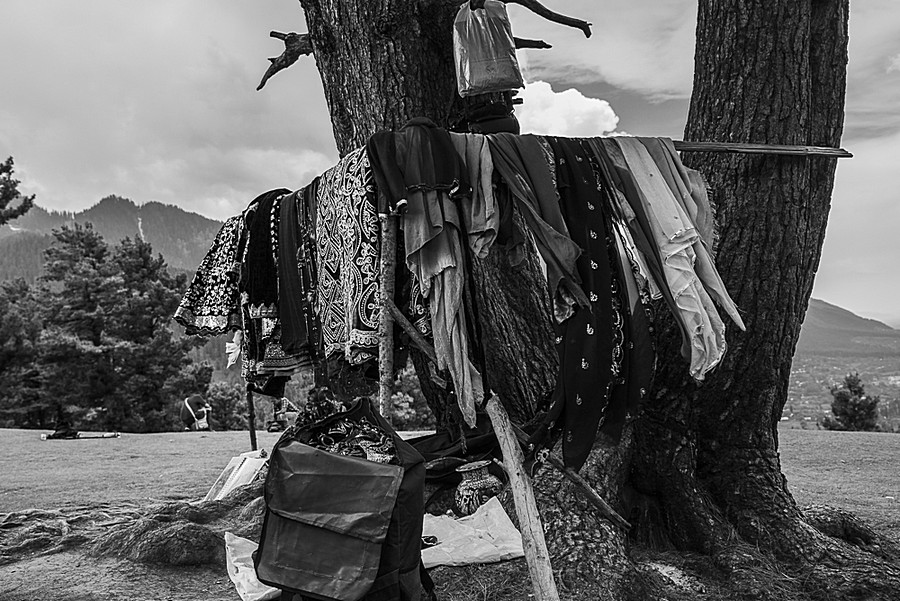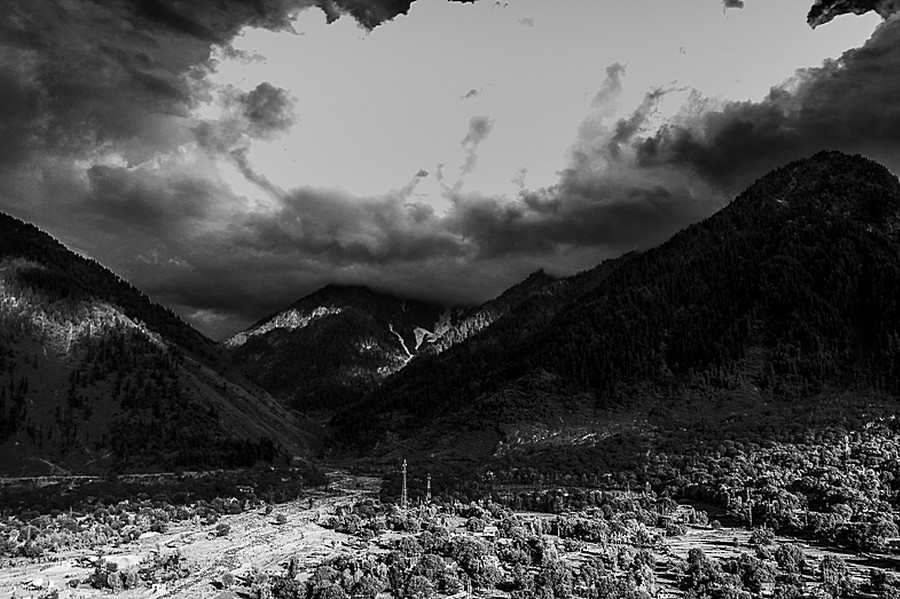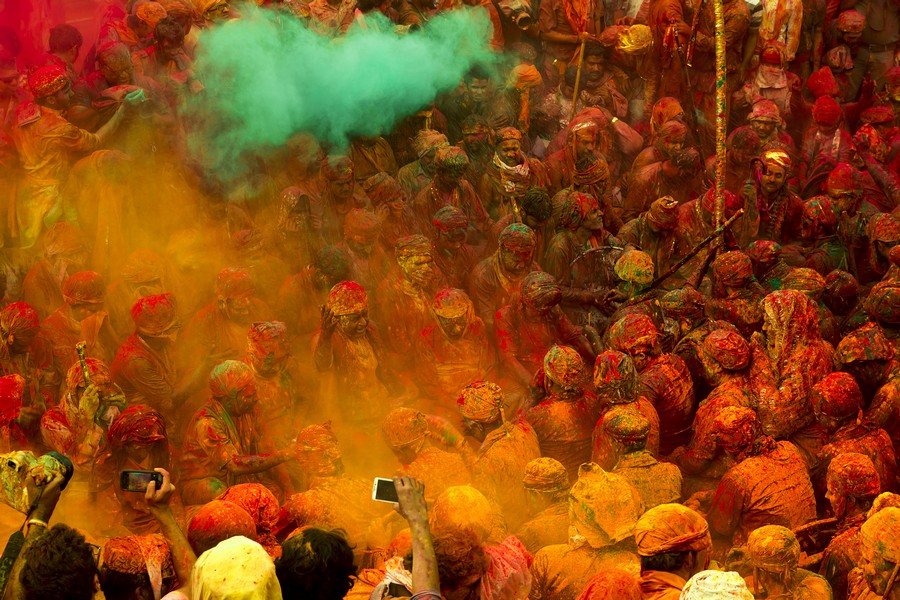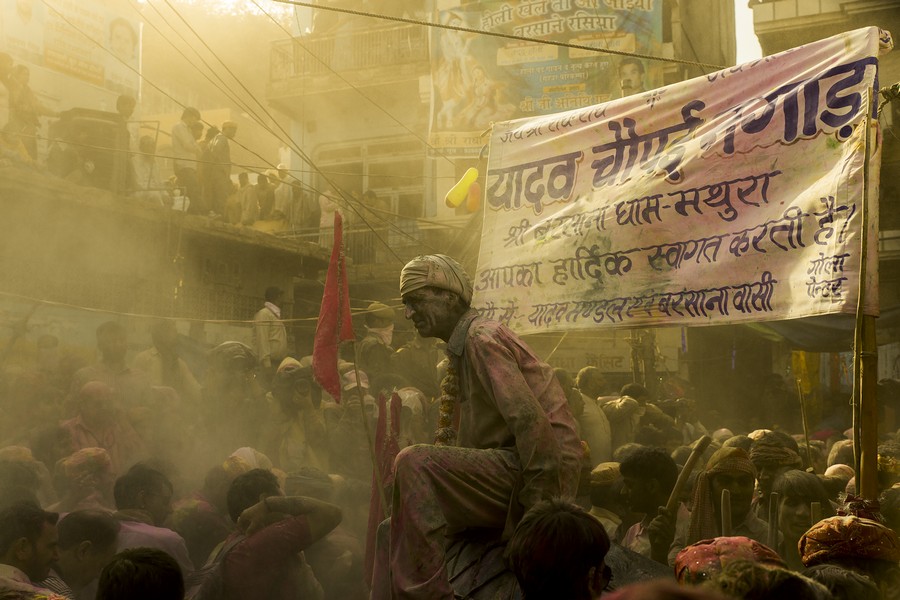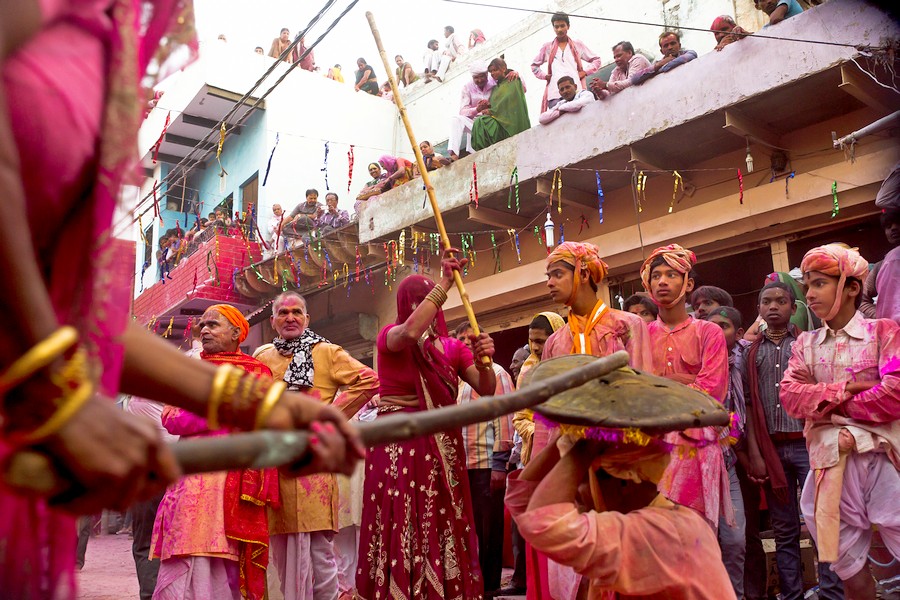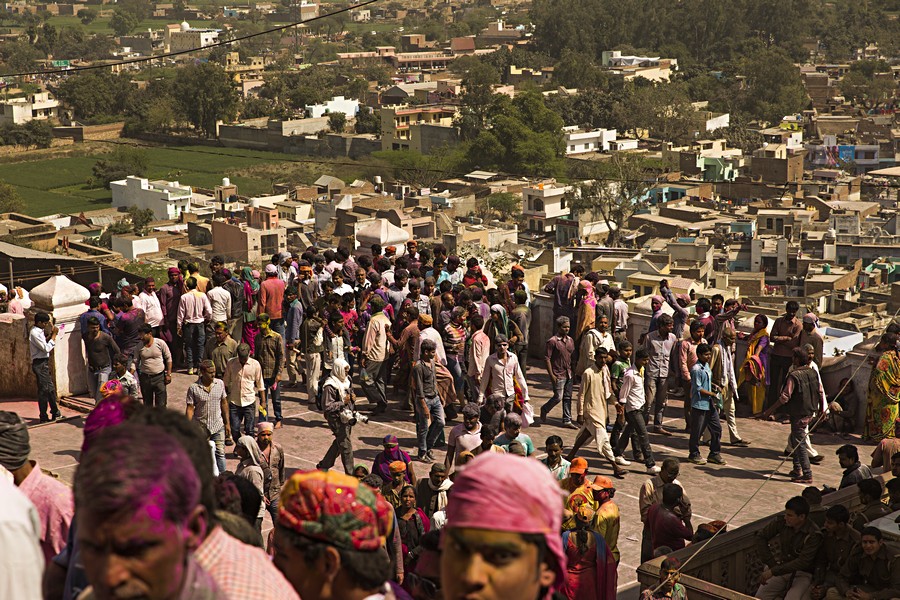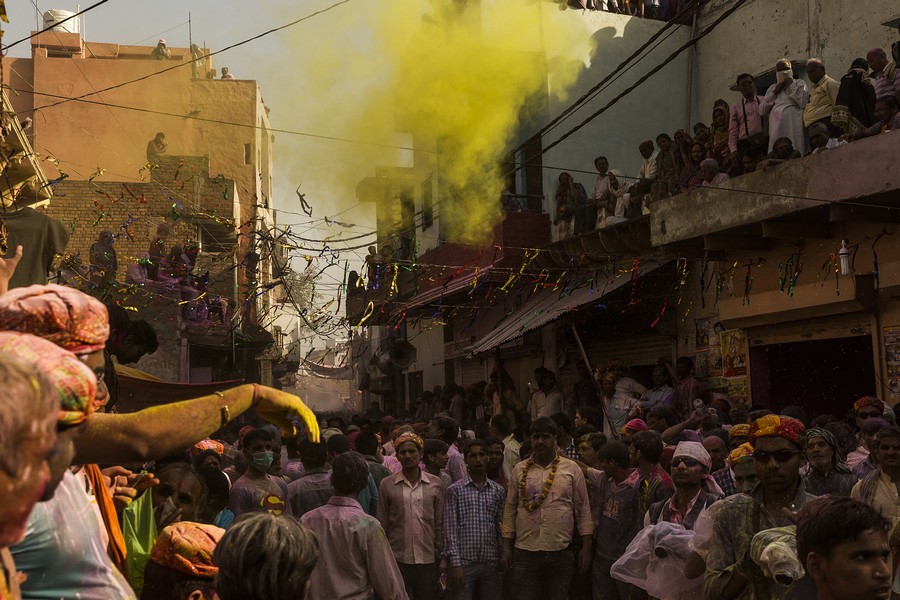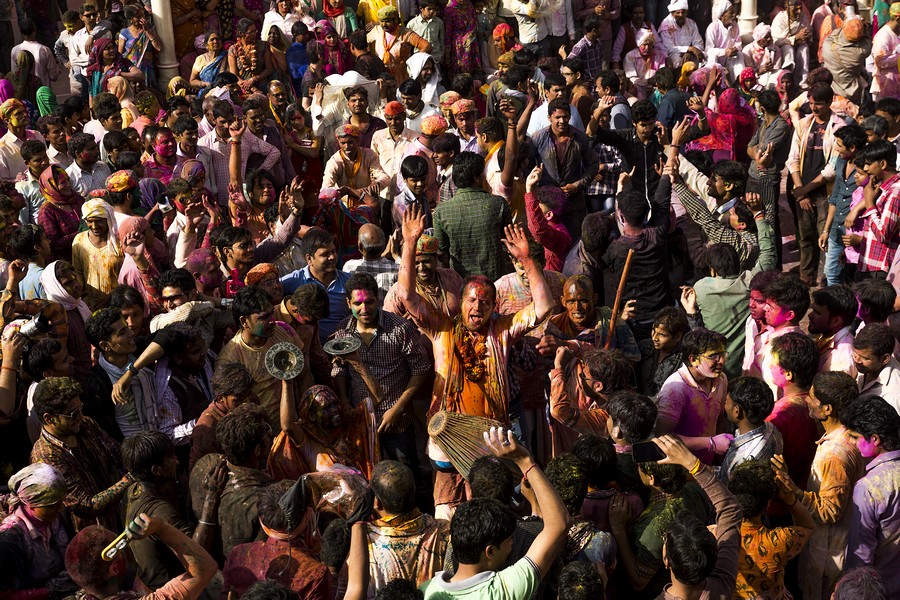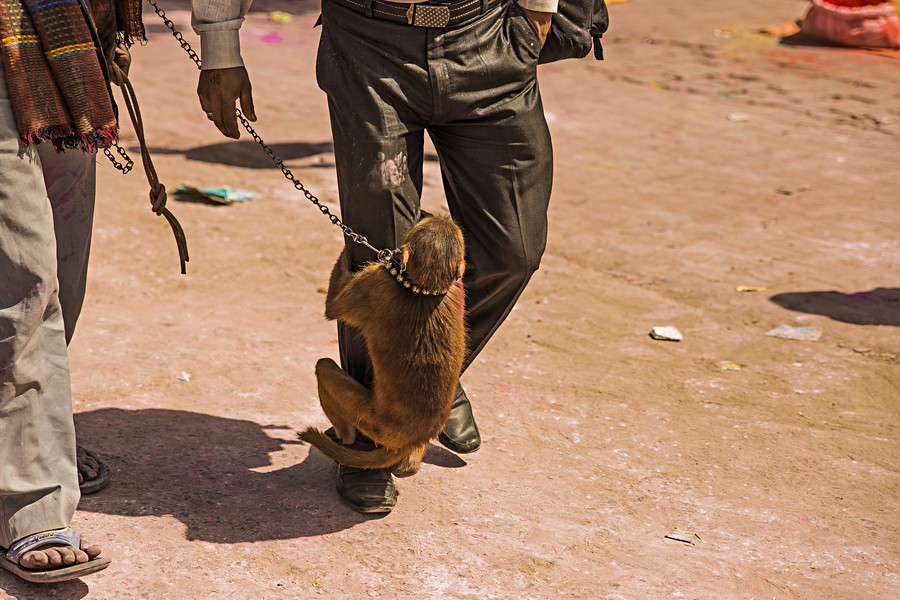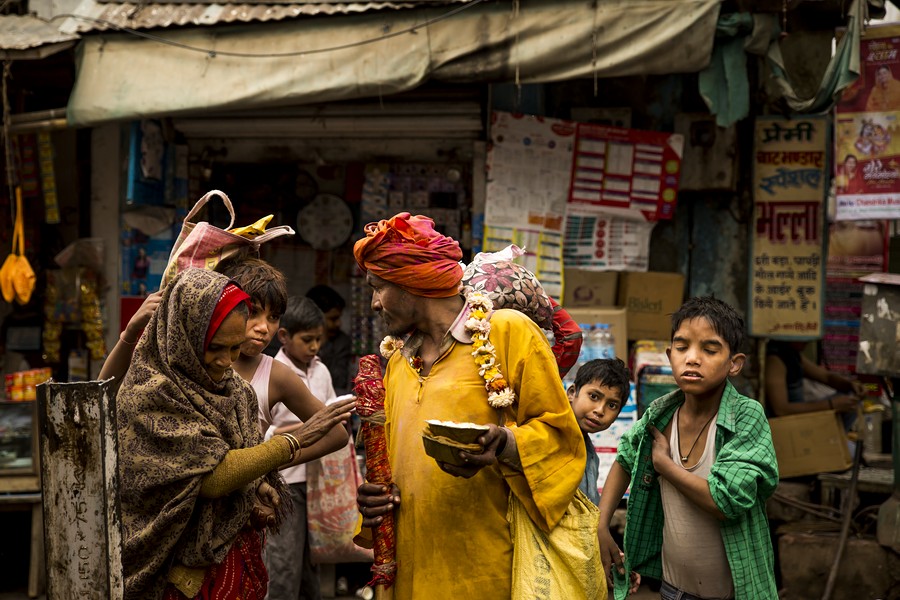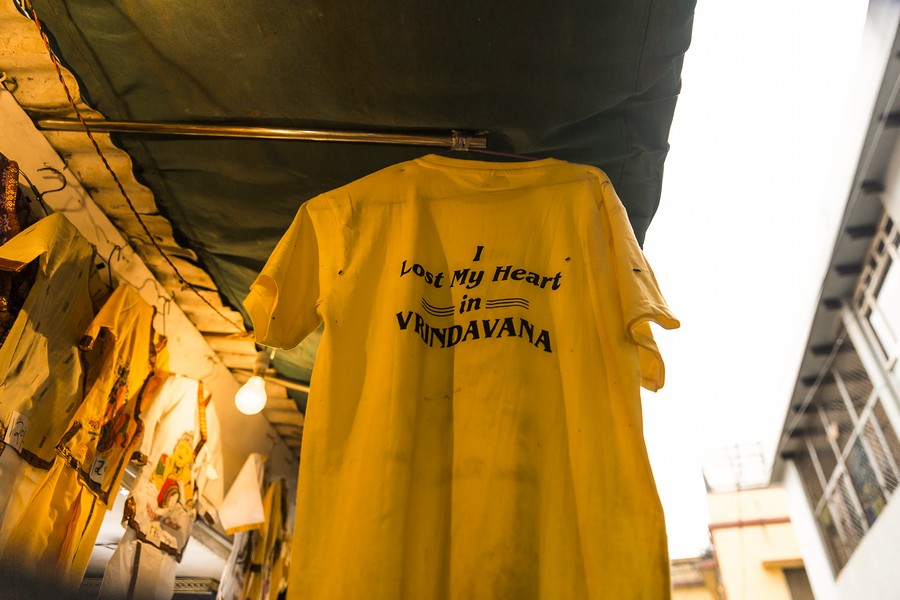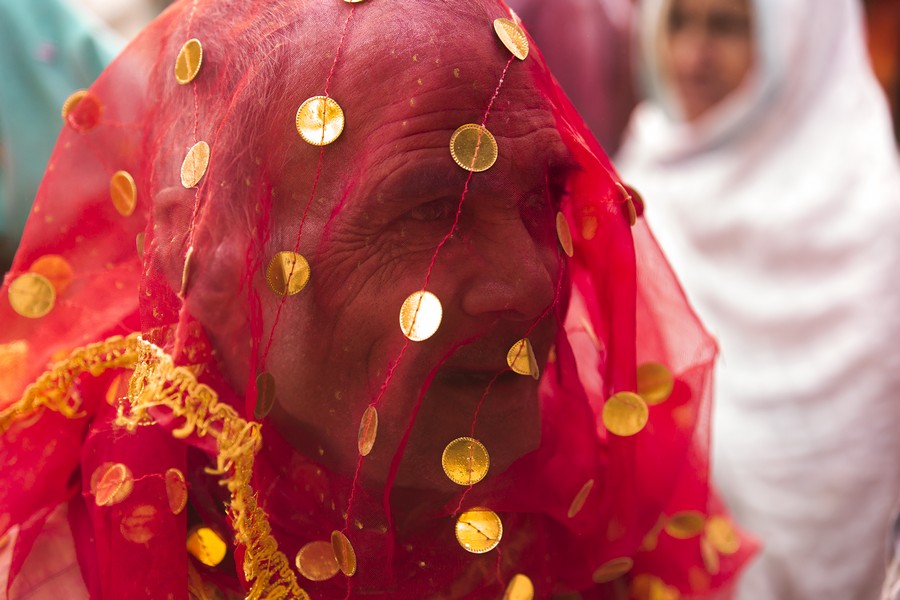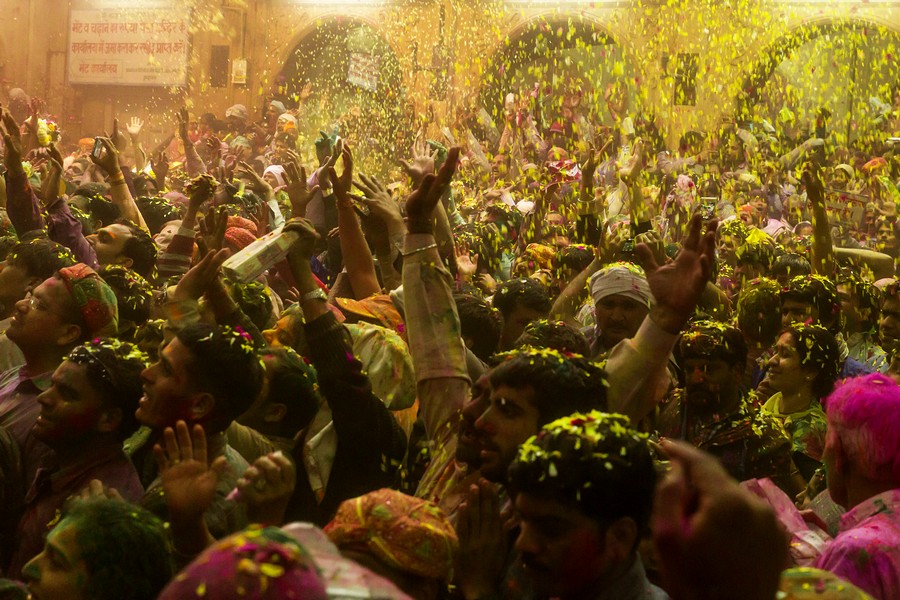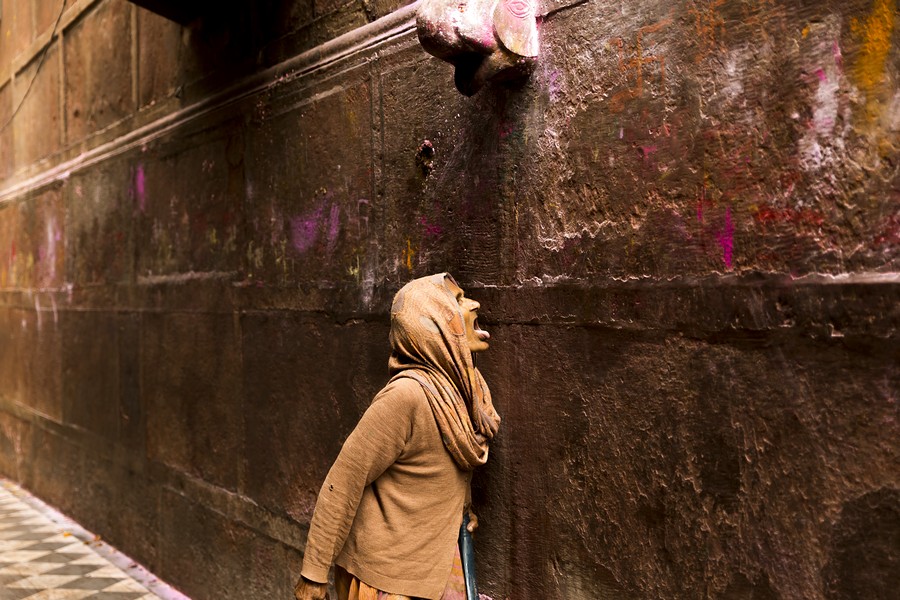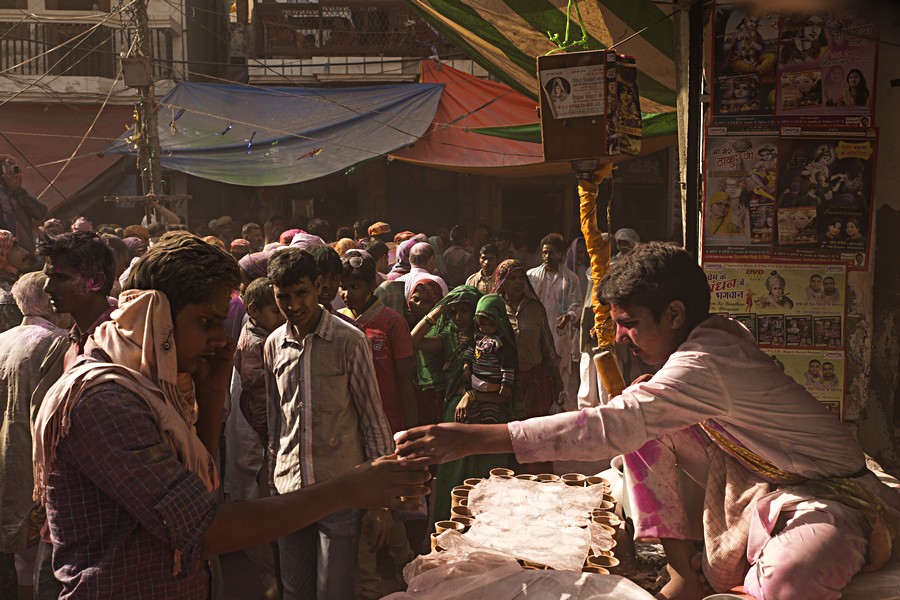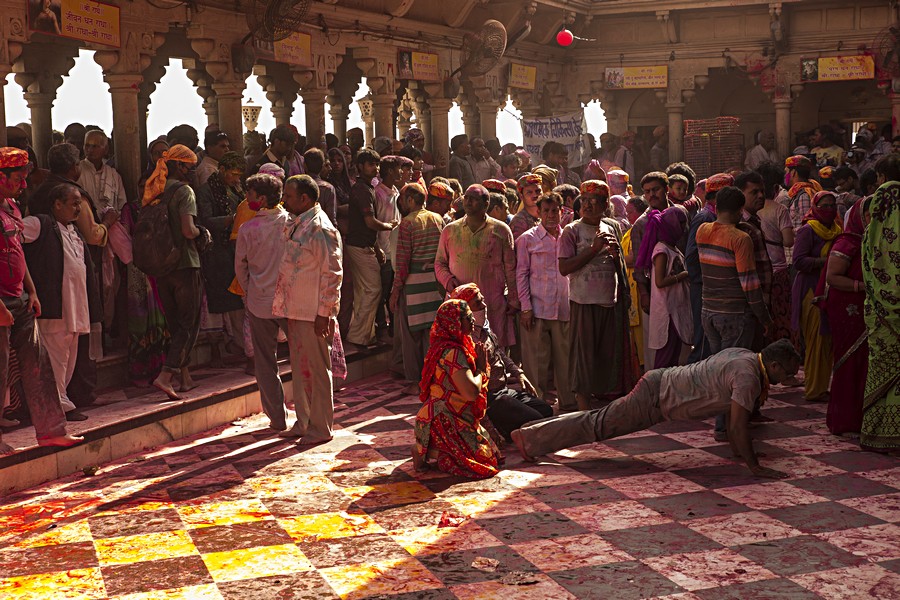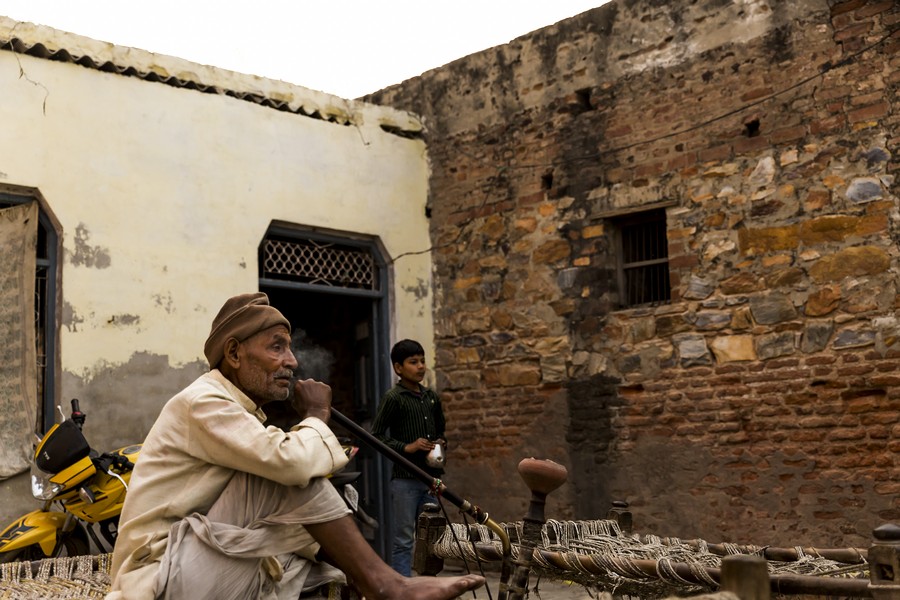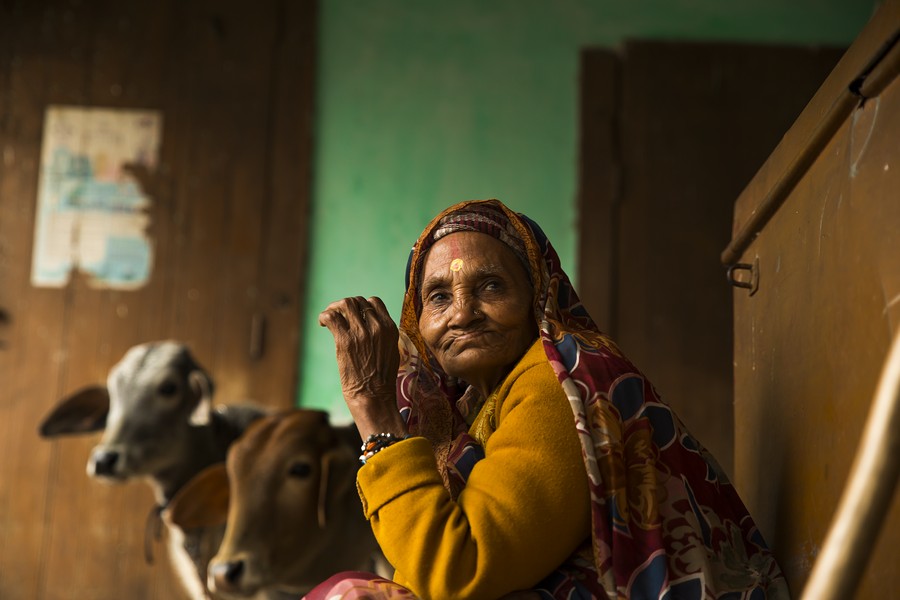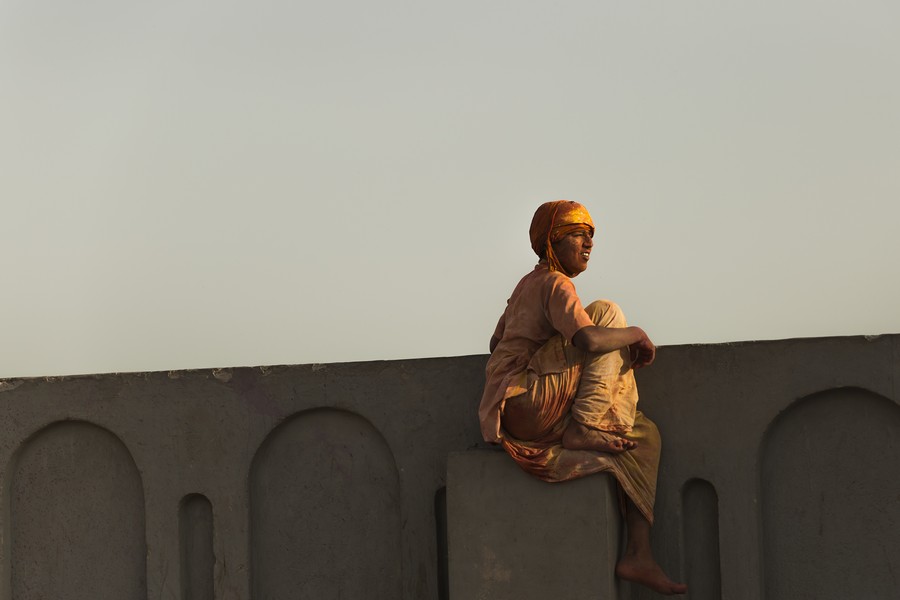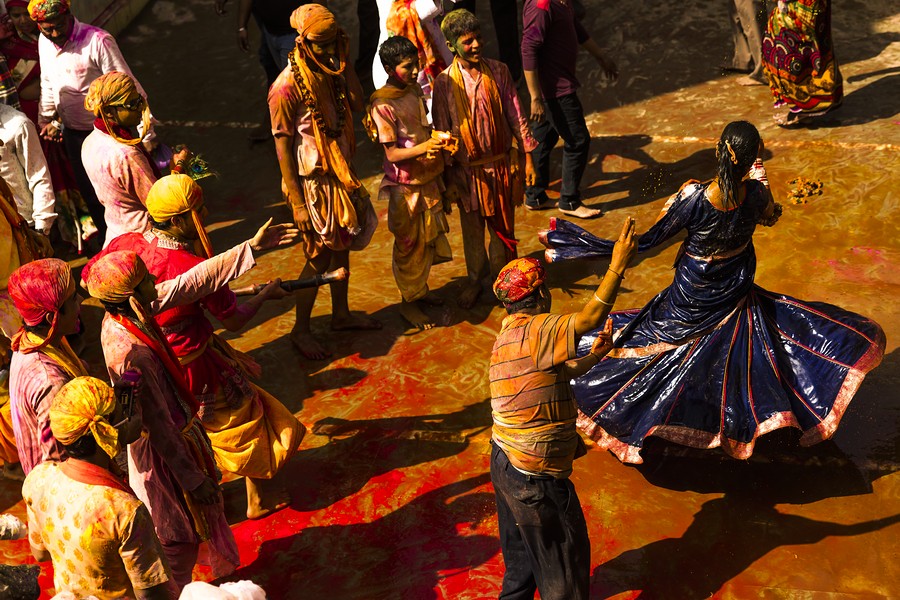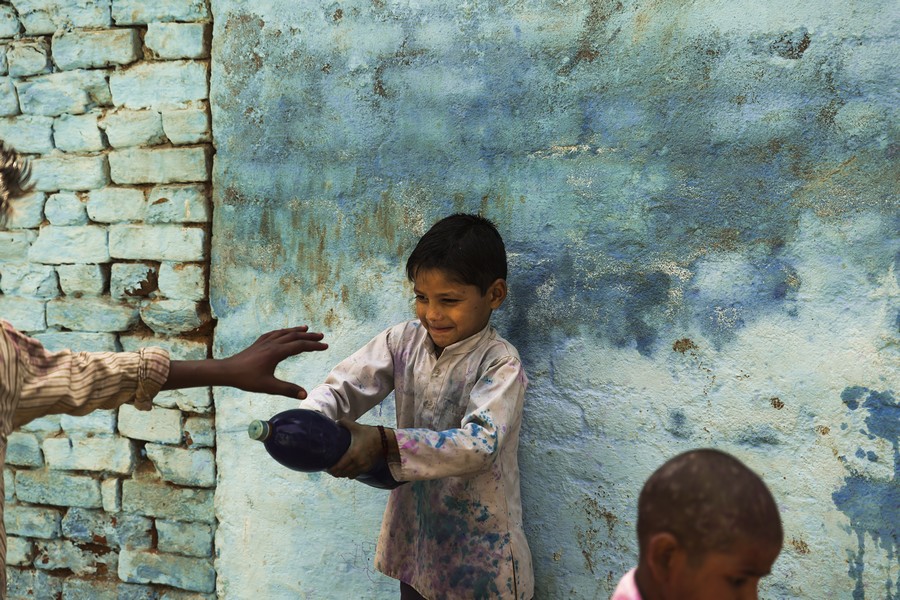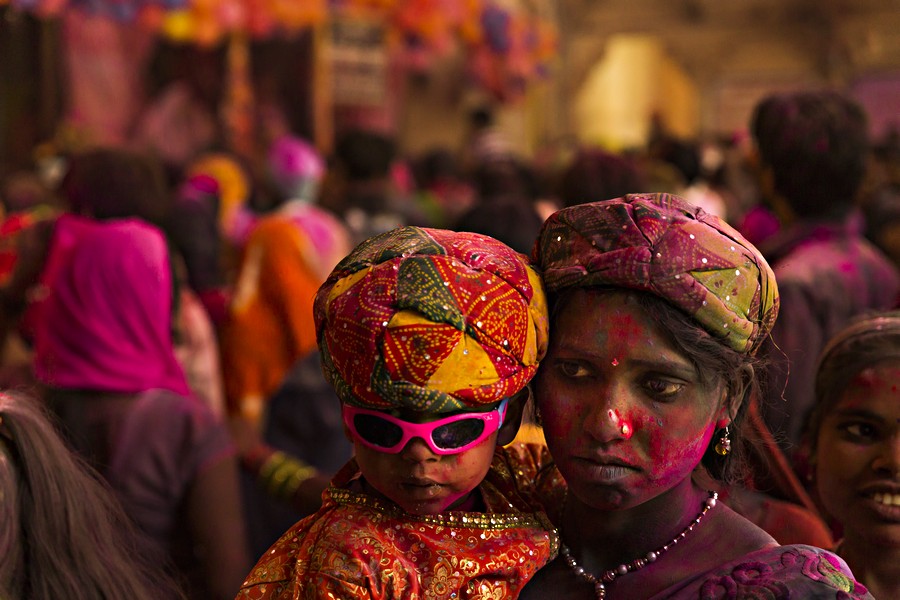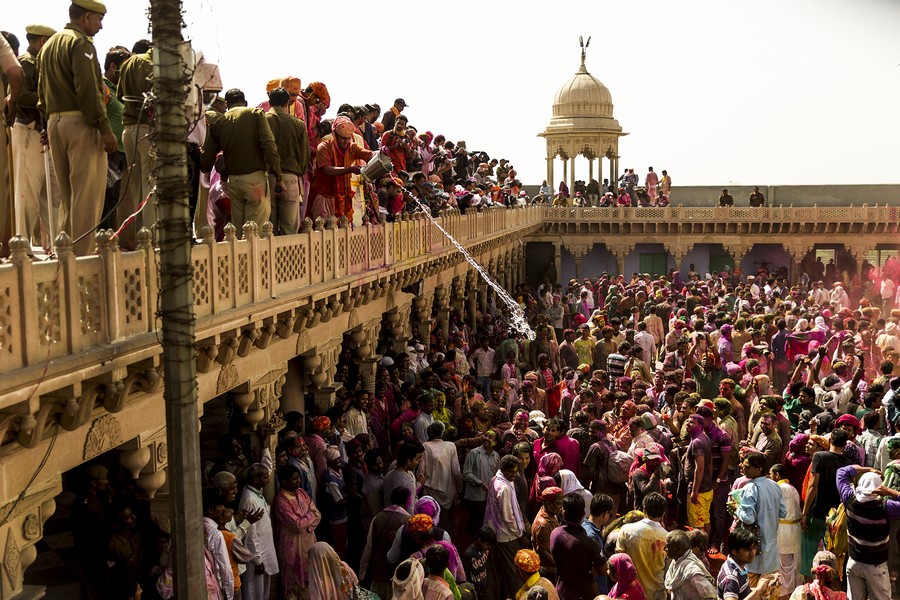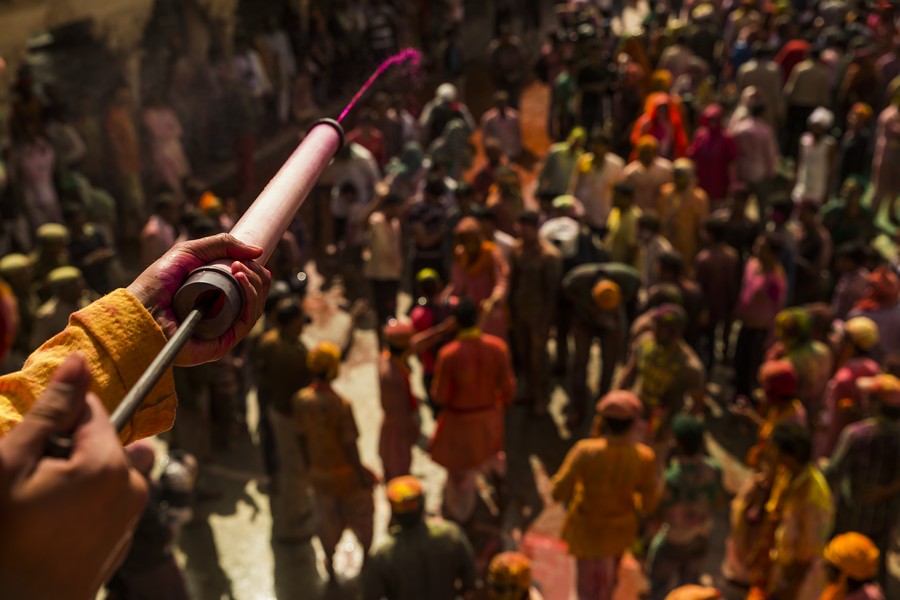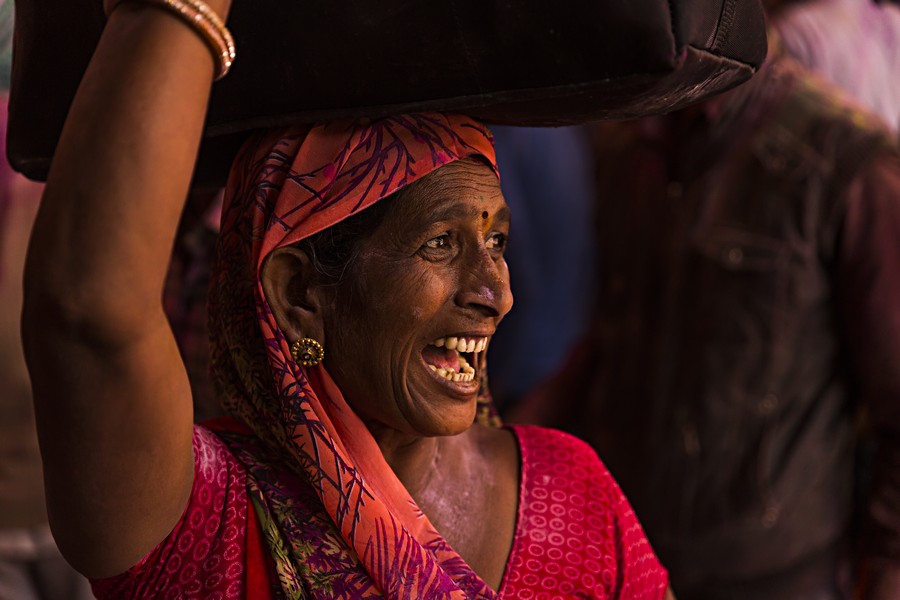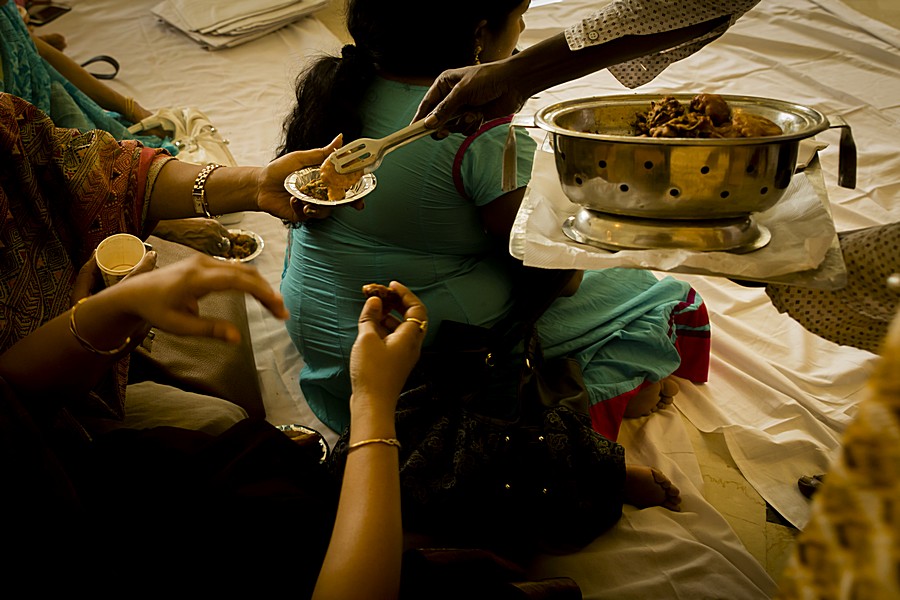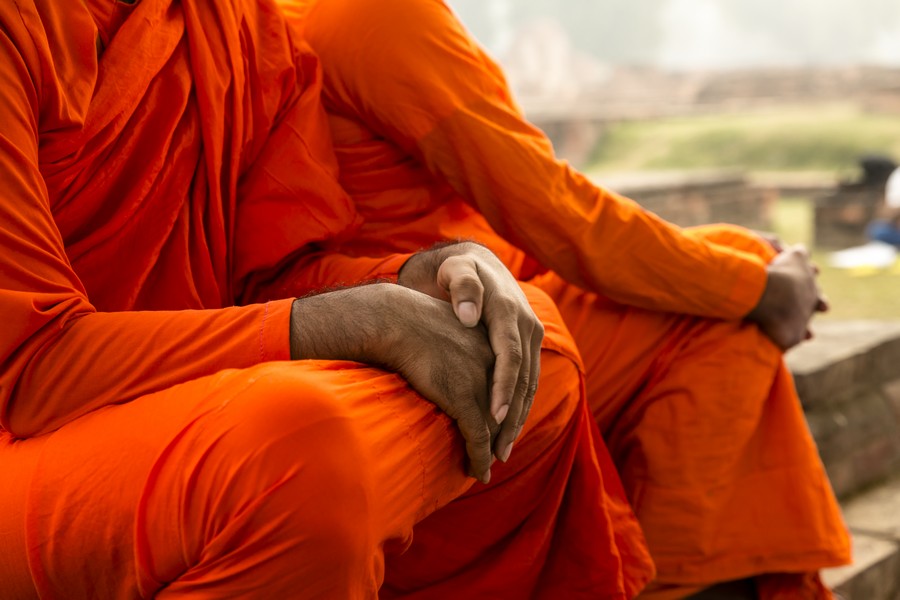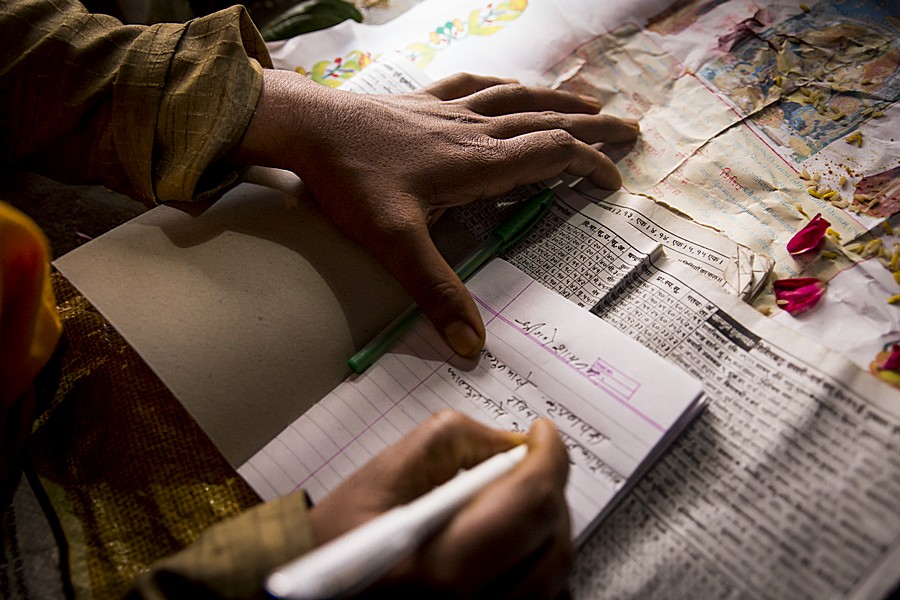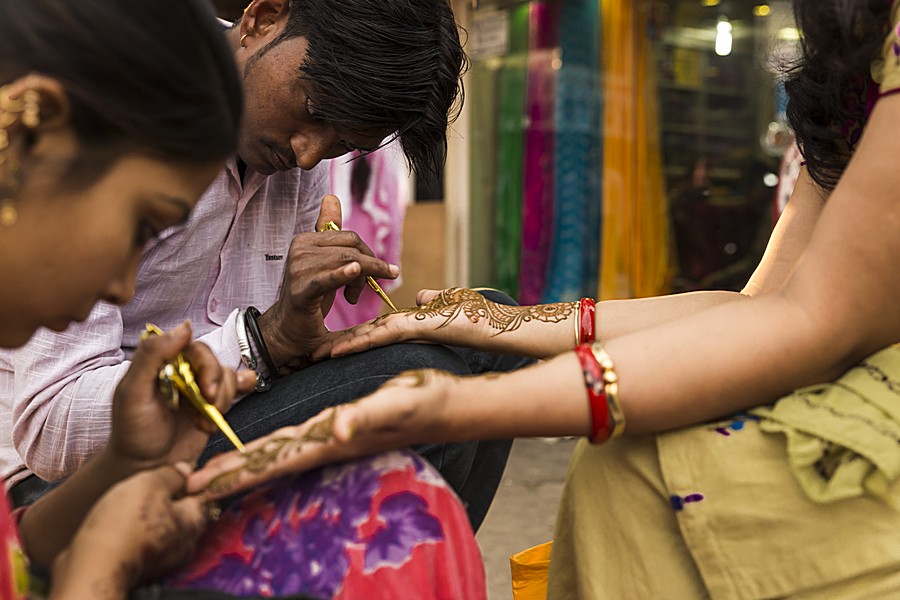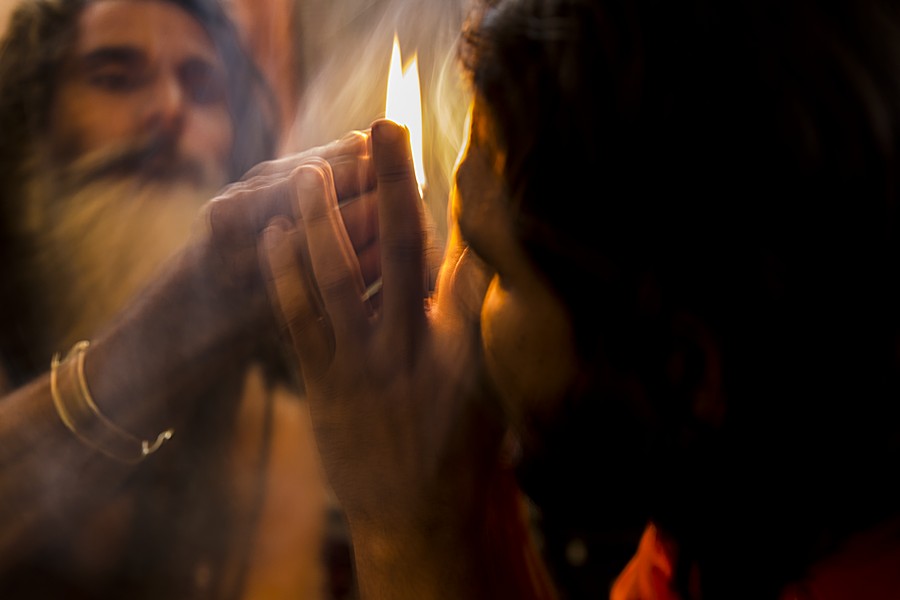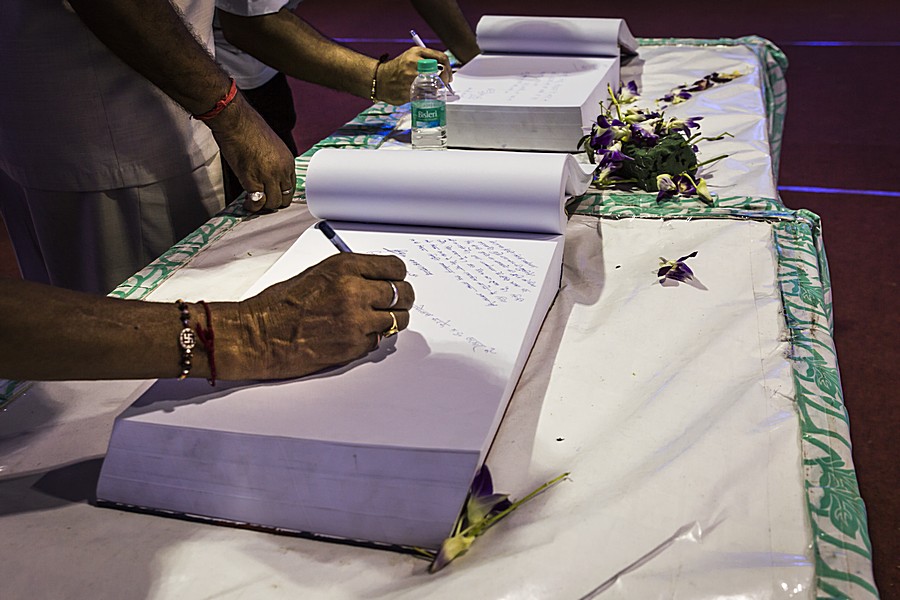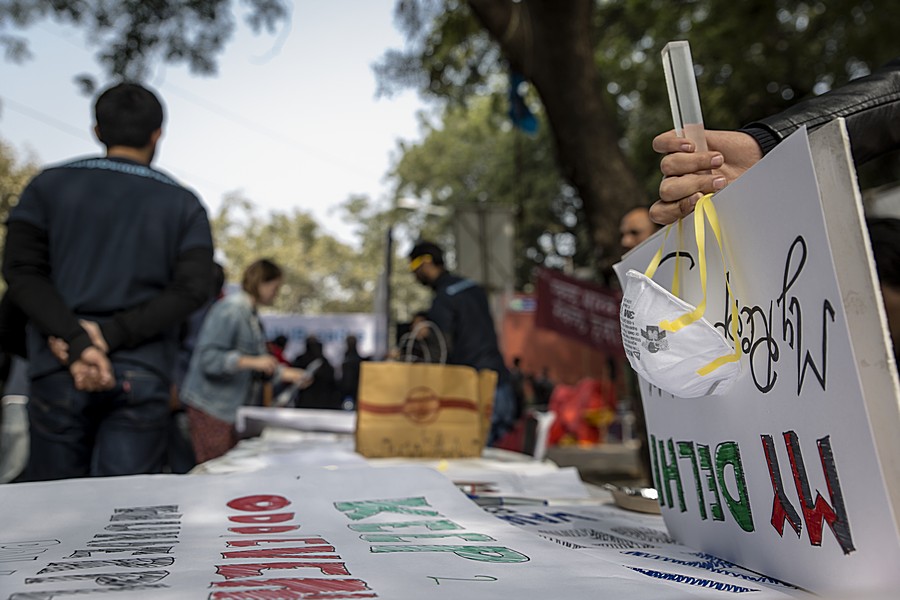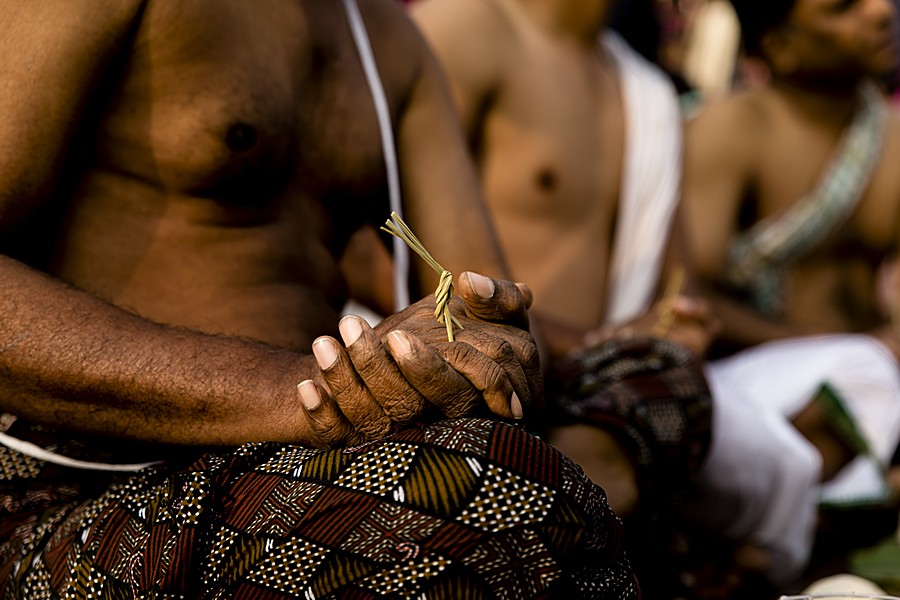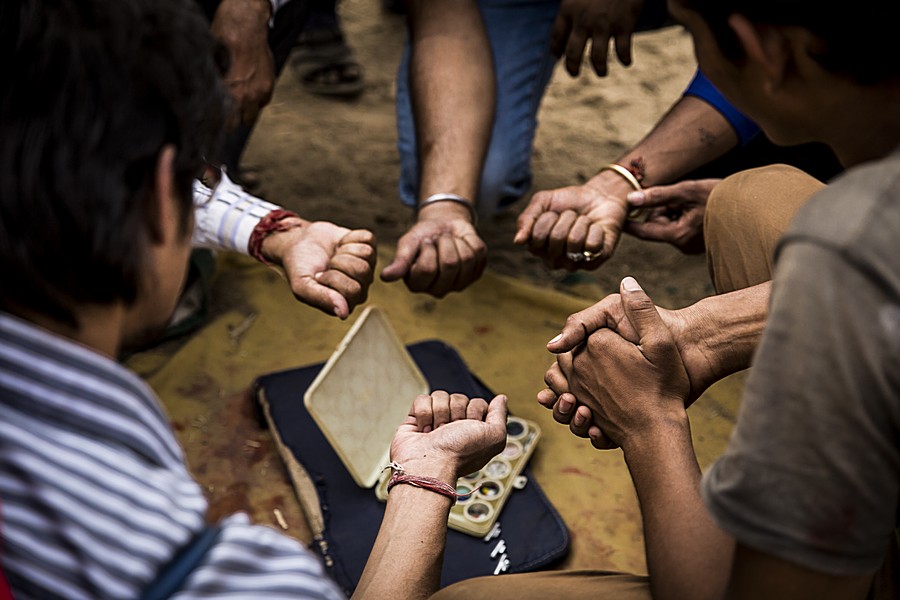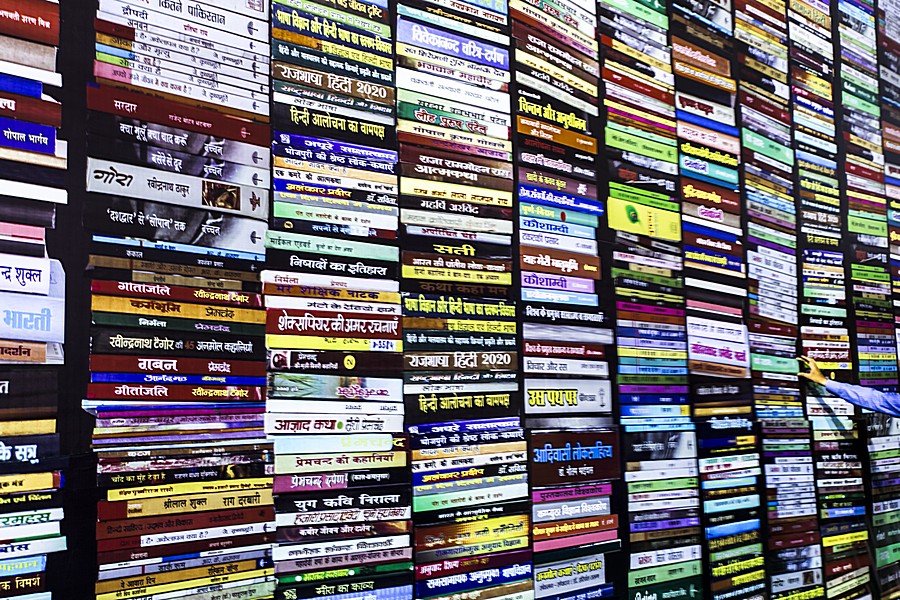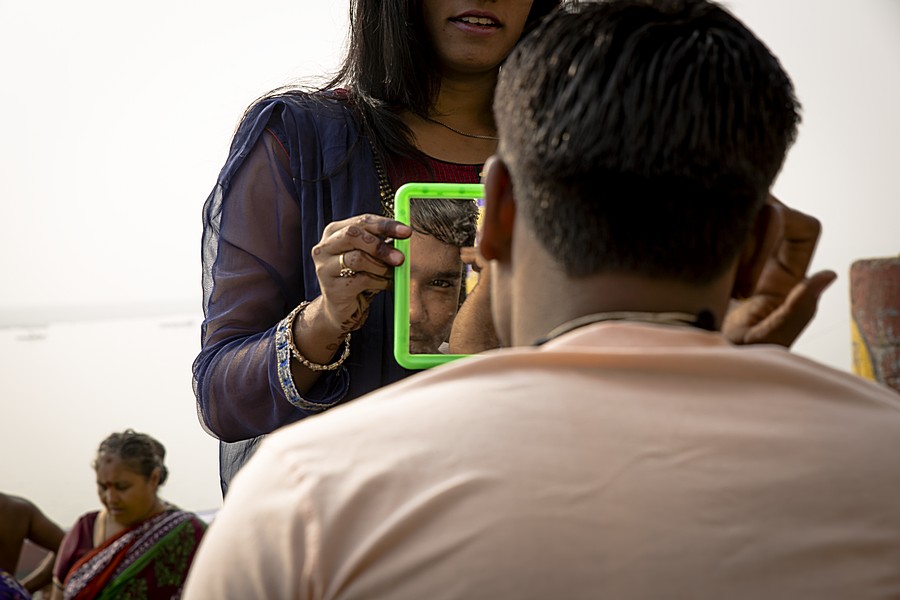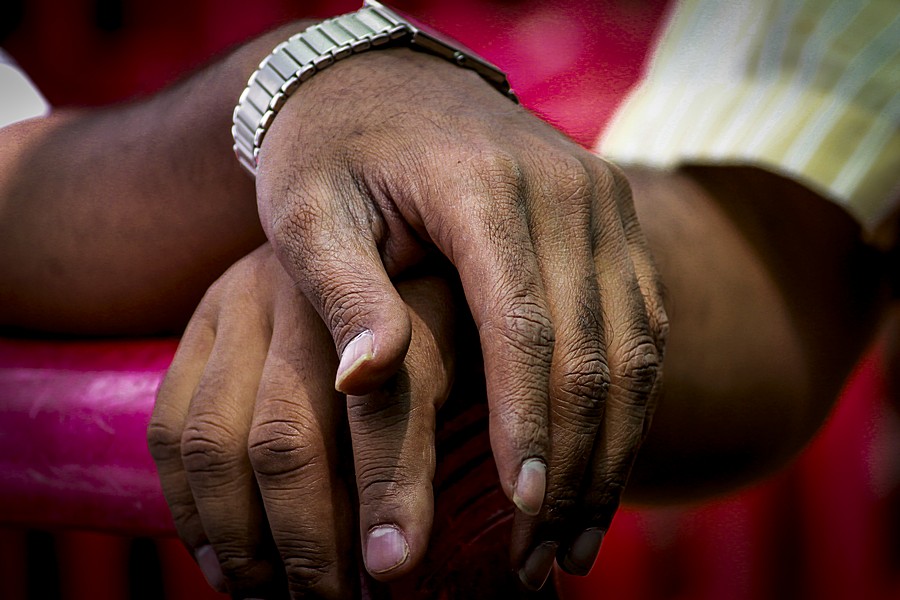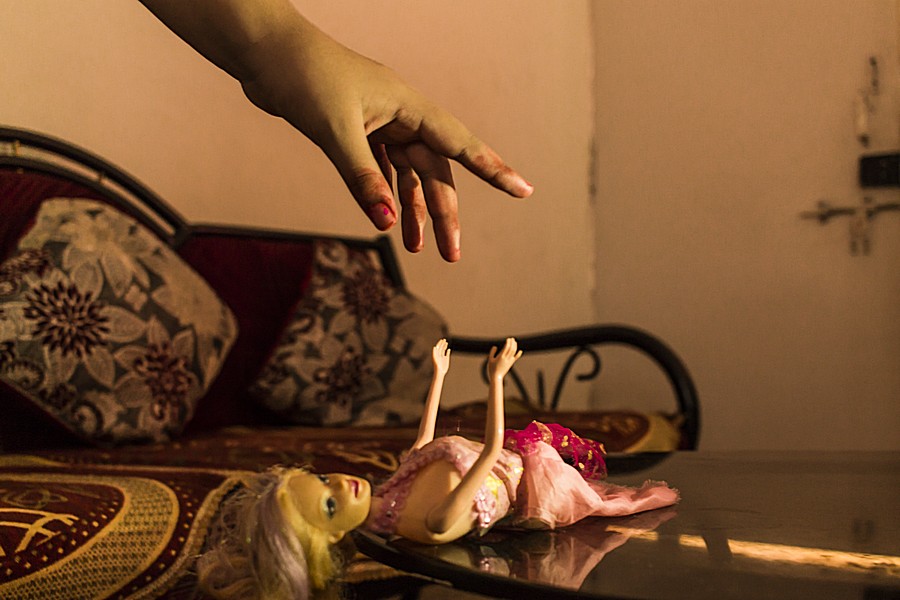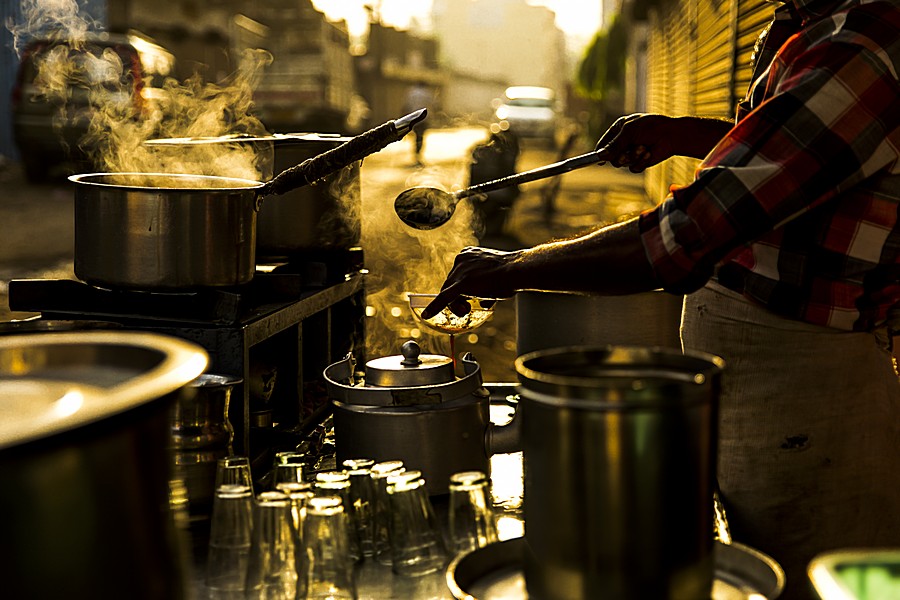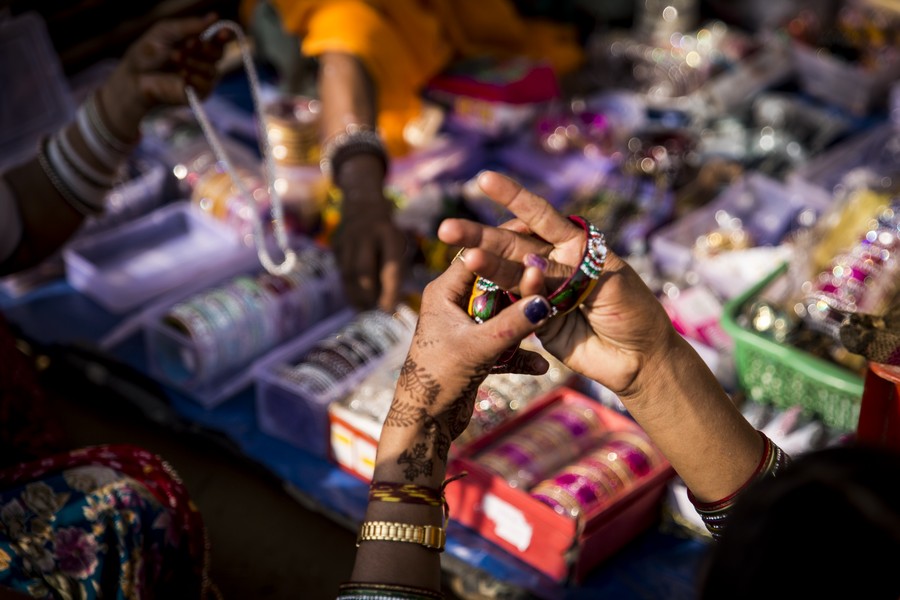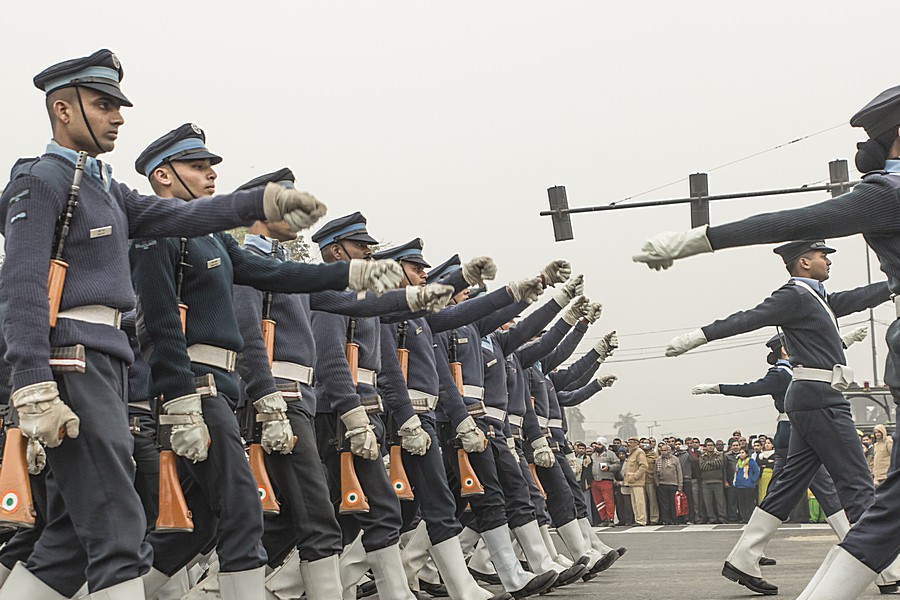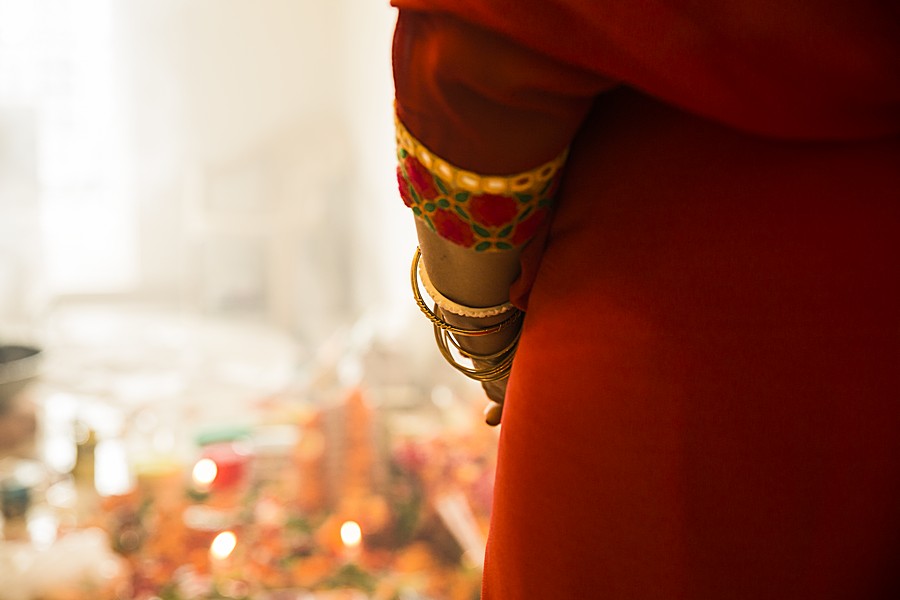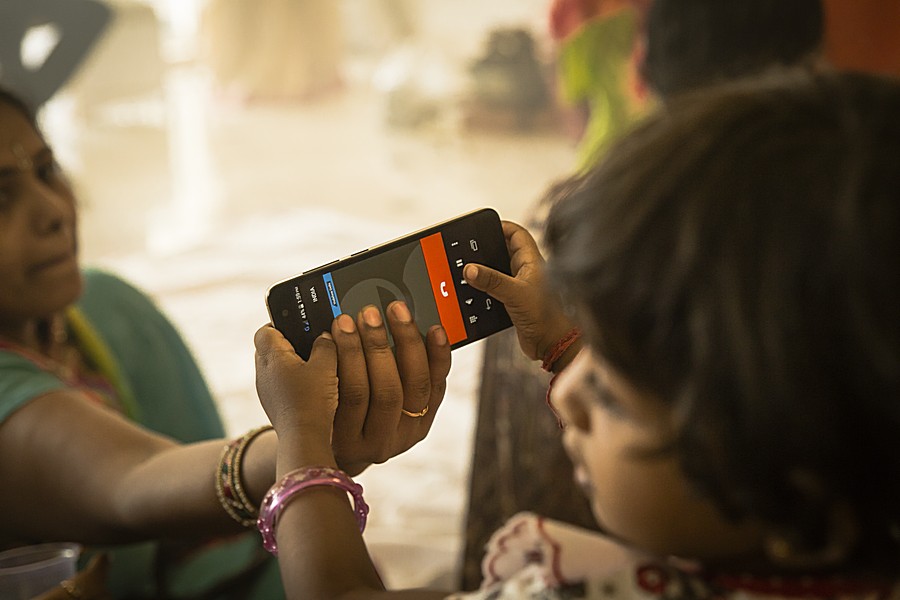“The place is more beautiful than the heaven and is the benefactor of supreme bliss and happiness. It seems to me that I am taking a bath in the lake of nectar here.”
– Kalidas
Kashmir is perhaps, to possess an authentic account of its history from the very earliest period. This past account of the valley, its culture and traditions, rise and fall of various Kingdoms, victory and defeats of the people have been noted carefully, yet critically by the sons of its soil. True it is, that the Kashmiriat literature is very rich in information about Kashmir.
The modern state of Jammu and Kashmir covered an area of 86024 square miles (prior to 1947) extending from 32deg 78′ to 36deg 58′ N and from 73deg 27′ to 80deg 72′ E. The entire state included, beside the Jammu region, Ladakh, Gilgit, Hunza, Nagar, Punial, and Yasin. The tiny state of Chitral, located towards the north-western side of Gilgit, used to pay tribute to Kashmir ruler. It was due to the untiring efforts of Maharaja Gulab Singh Ji ( the founder of Dogra Hindu dynasty in Kashmir) that the State took its present shape and form in the 2nd half of the 19th century.
The beauty and the salubrious climate of the valley was known even from the ancient times. The mythological traditions supported fully by the research of geologists confirm that the valley originally was a huge lake called “Satisar”, ( the land of goddess Sati, consort of Lord Shiva ) and its waters were blocked near Baramulla (ancient Varahmulla). In the words of Sir Francis Young Husband, “The huge lake must have been twice the length and three times the width of the lake of Geneva, completely encircled by snowy mountains as high, and higher than Mount Blank, while in the immediately following glacial period, mighty glaciers came wending down to the Sindh, Lidder, and other valleys even to the edge of water.”
Kashmir’s greatest historian Kalhan writes about his native land : “It is a country where the sun shines mildly, being the place created by Rishi Kashyap, for his glory – big and lofty houses, learning, Saffron, icy cool water and grapes rare in Heaven are plentiful here – Kailash is the best place in the three worlds (Tri-lok), Himalayas the best place in Kailash, and Kashmir the best place in Himalayas.”
Sir Walter Lawrence writes, “The valley is an emerald set in pearls; a land of lakes, clear streams, green turf, magnificent trees and mighty mountains where the air is cool, and the water sweet, where men are strong, and women vie with the soil in fruitfulness.” He further writes that the valley contains everything which should make life enjoyable. There is sport varied and excellent, there is scenery for the artist and the layman, mountain for the mountaineer, flower for the Botanist, a vast field for the Geologist and magnificent ruins for the archaeologist.
Following images are just a look in a short trip of 24 hours there.
No pellet, no bullet, no bloodshed. But a pale silence before the storm, searching in the valley in 24 hours. As the day and night passed by, I saw the land of God is too lifeless and still. Here is the short journey into the Kasmir just before the state of affairs took place!
